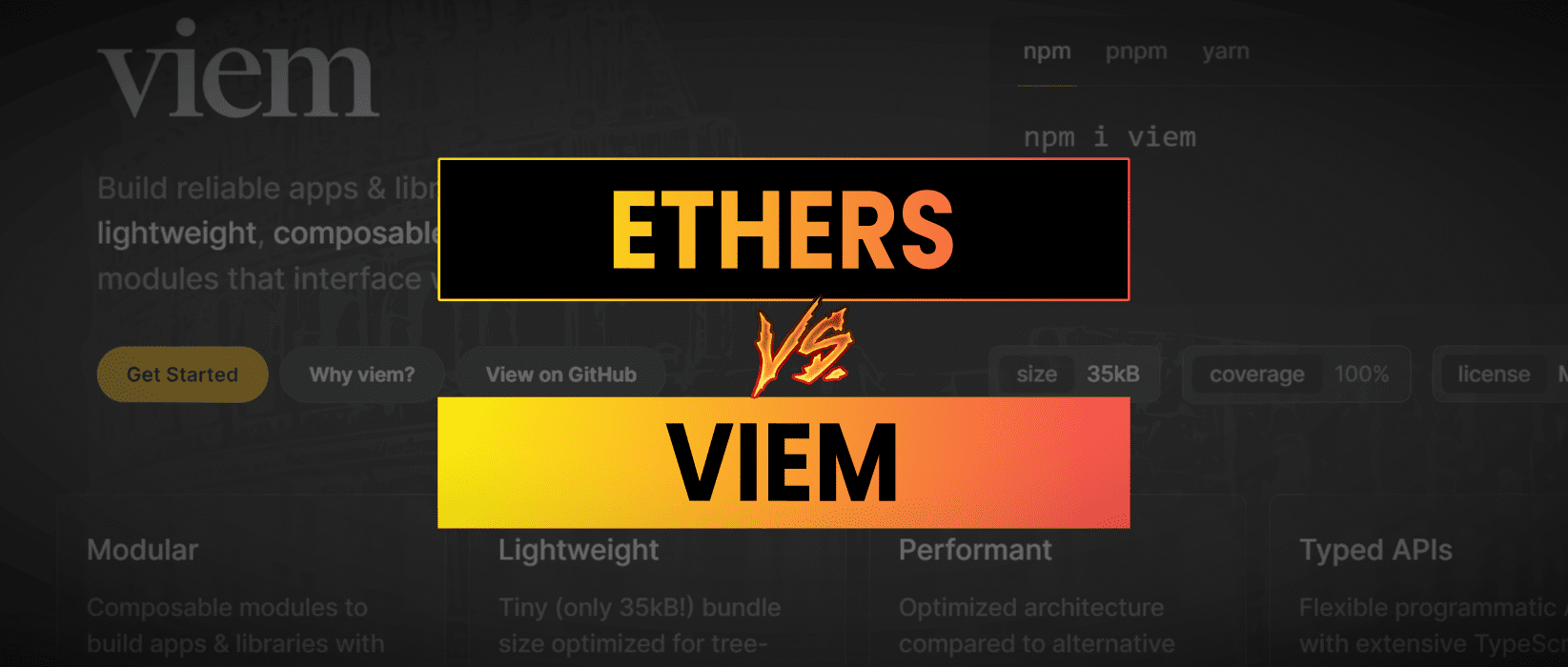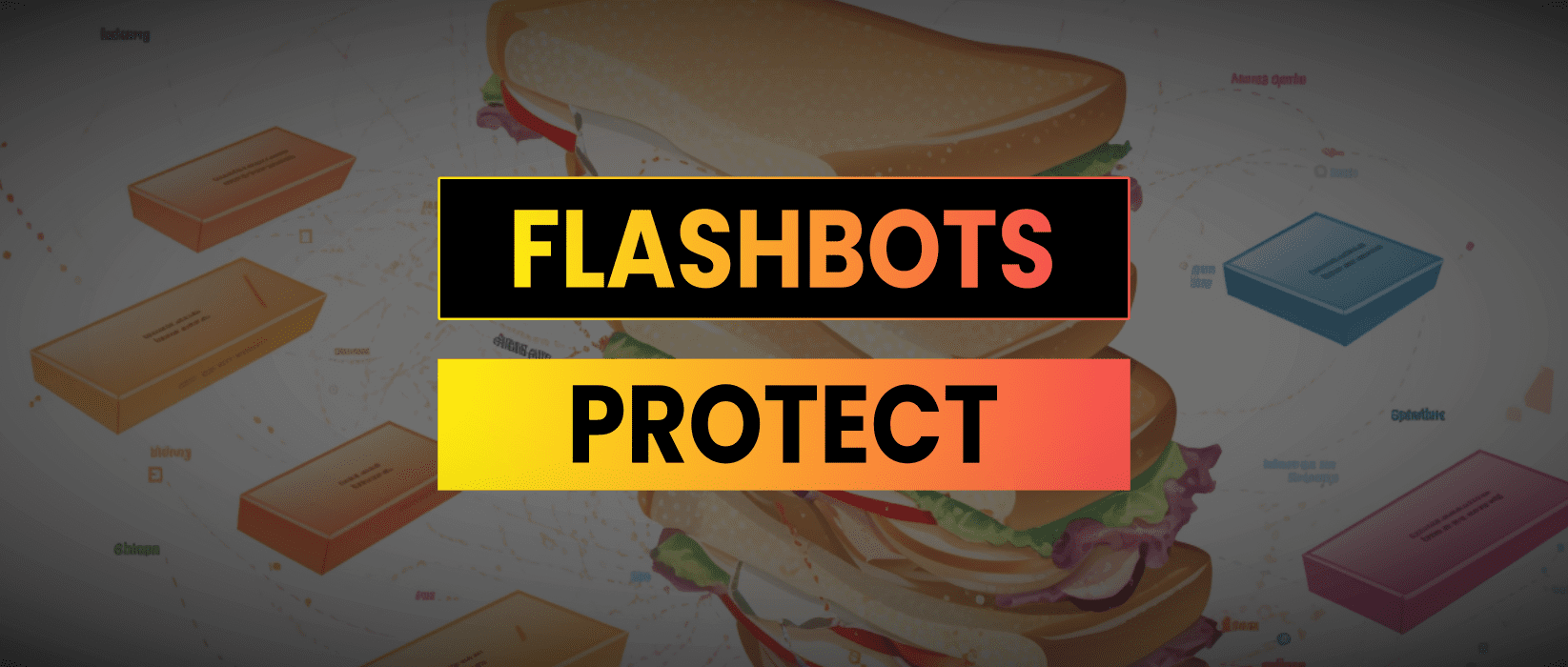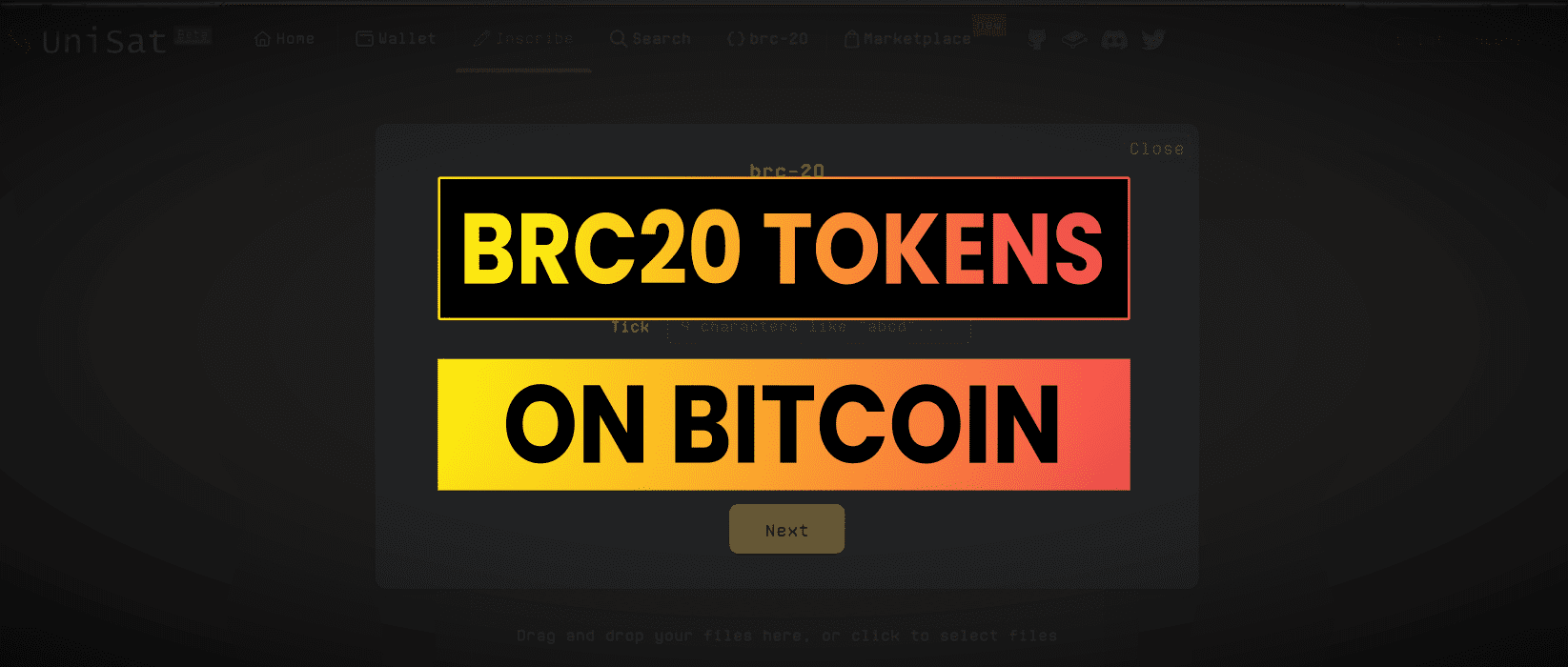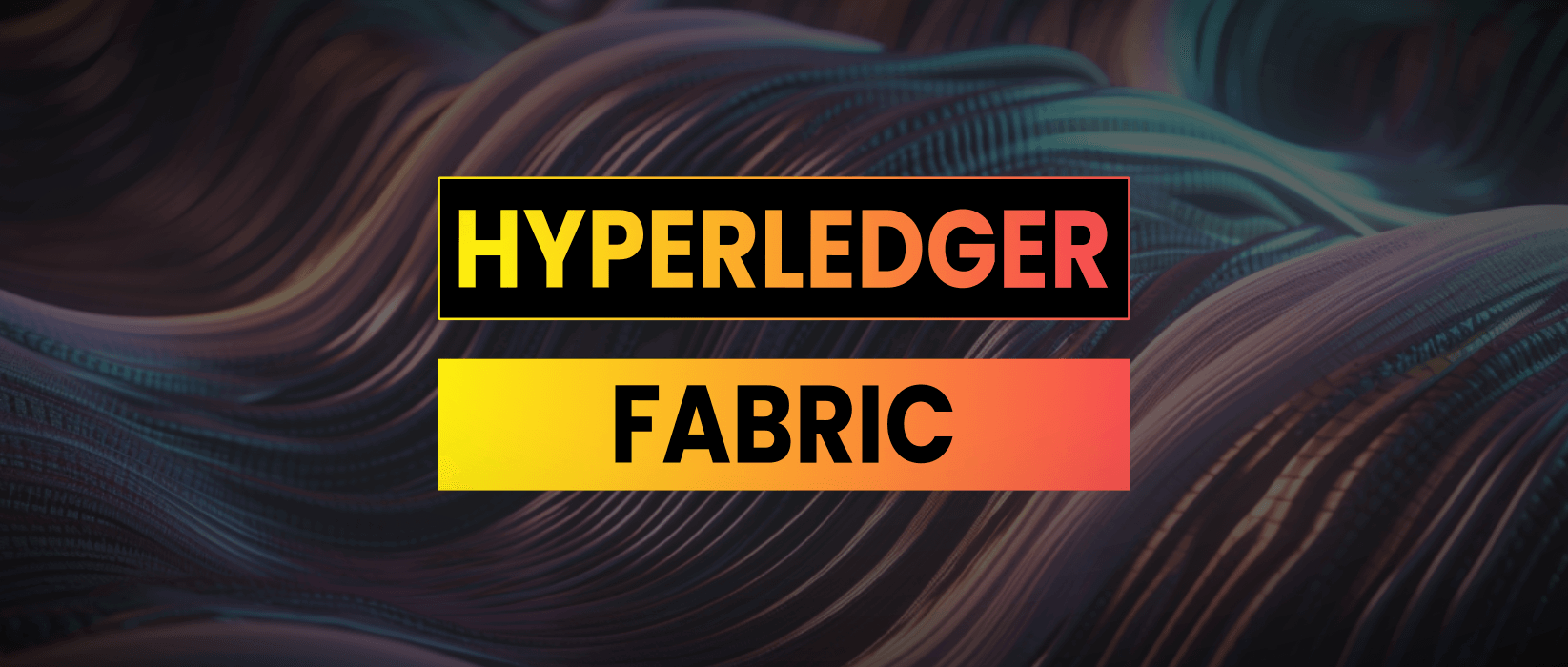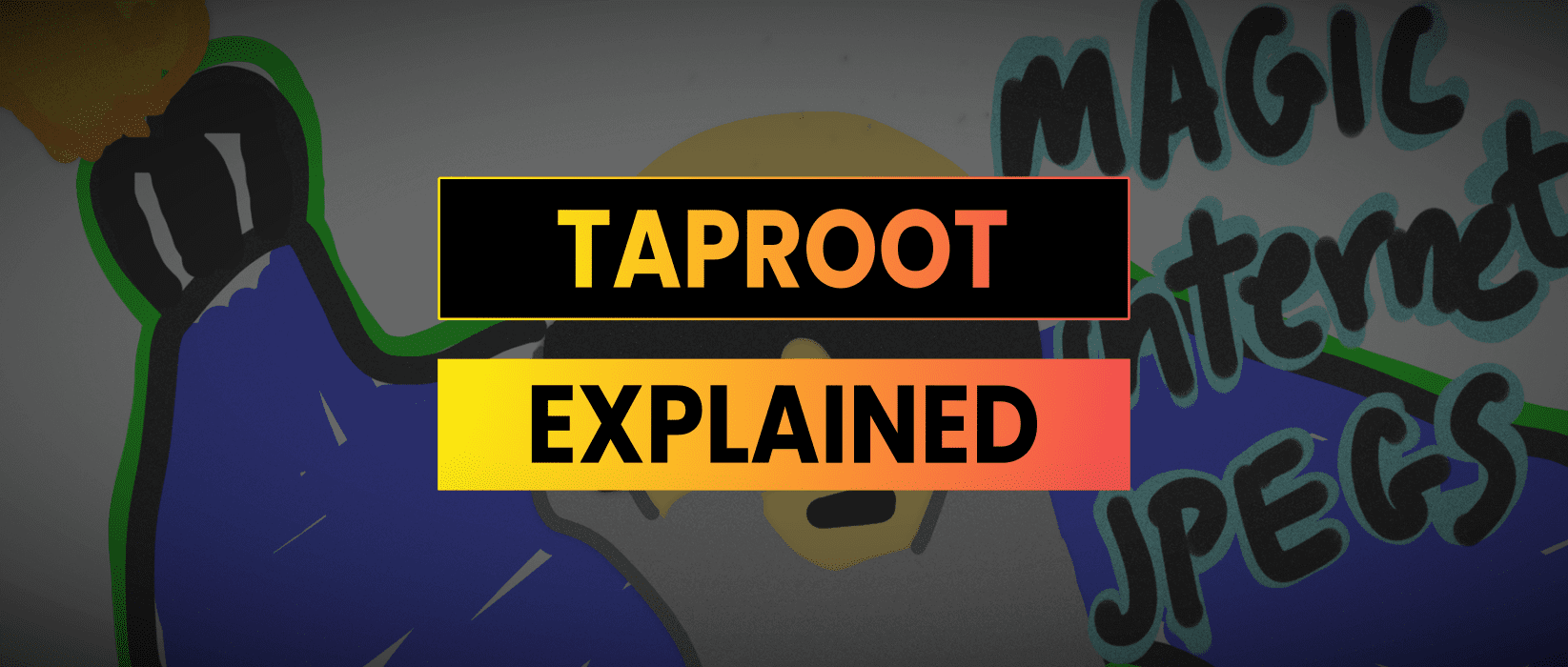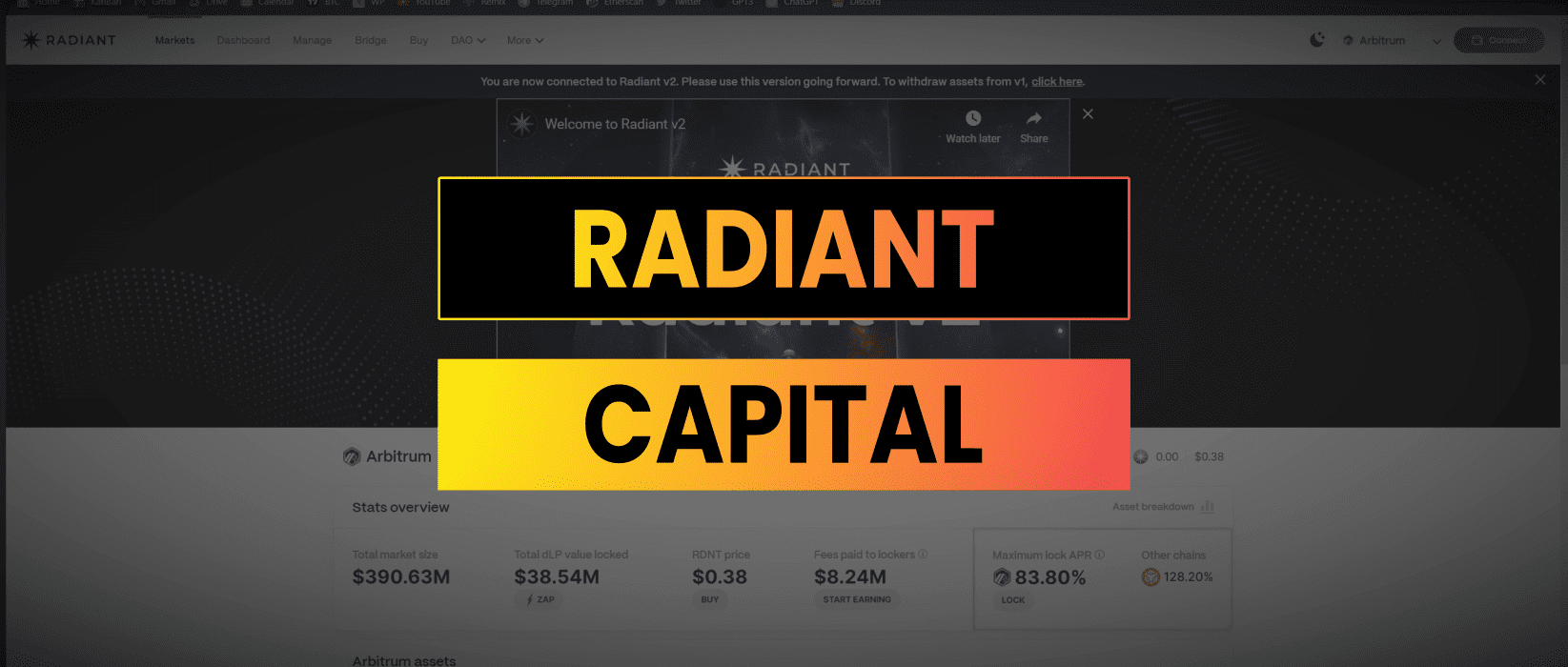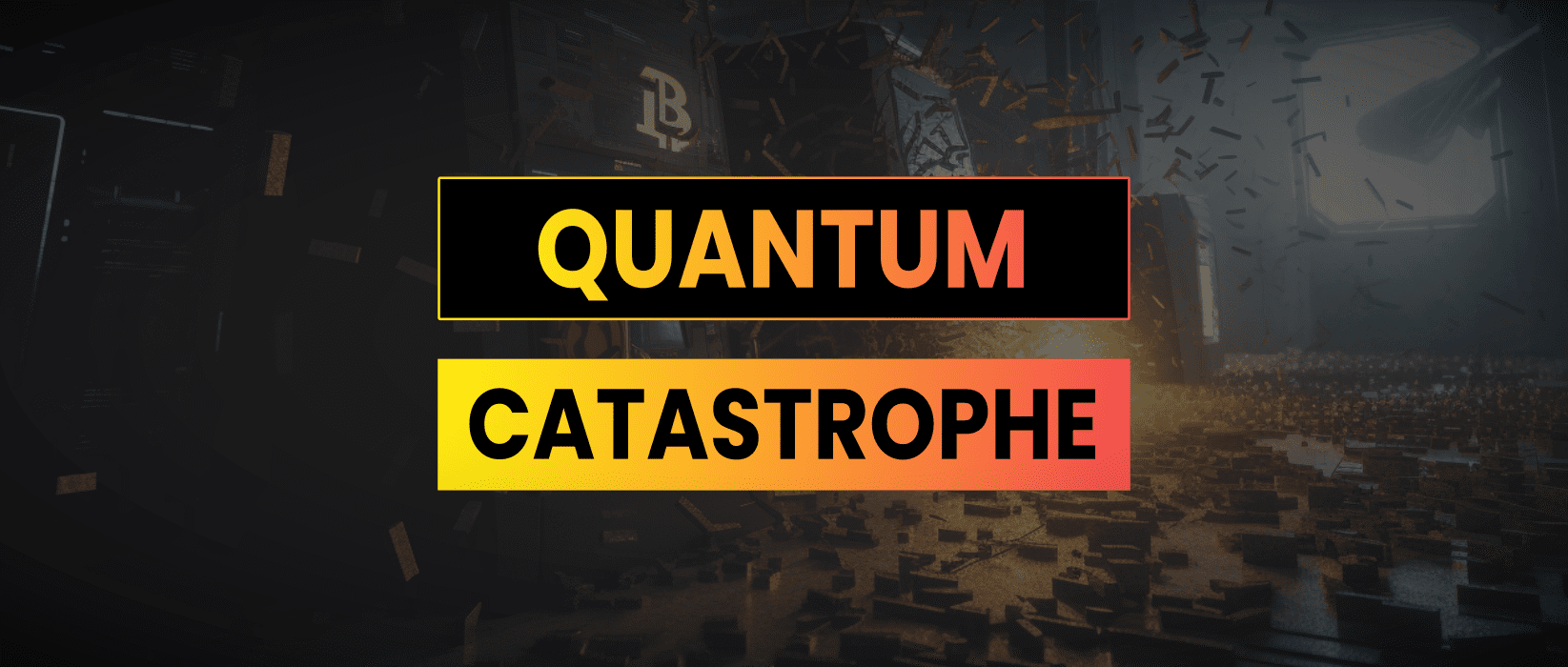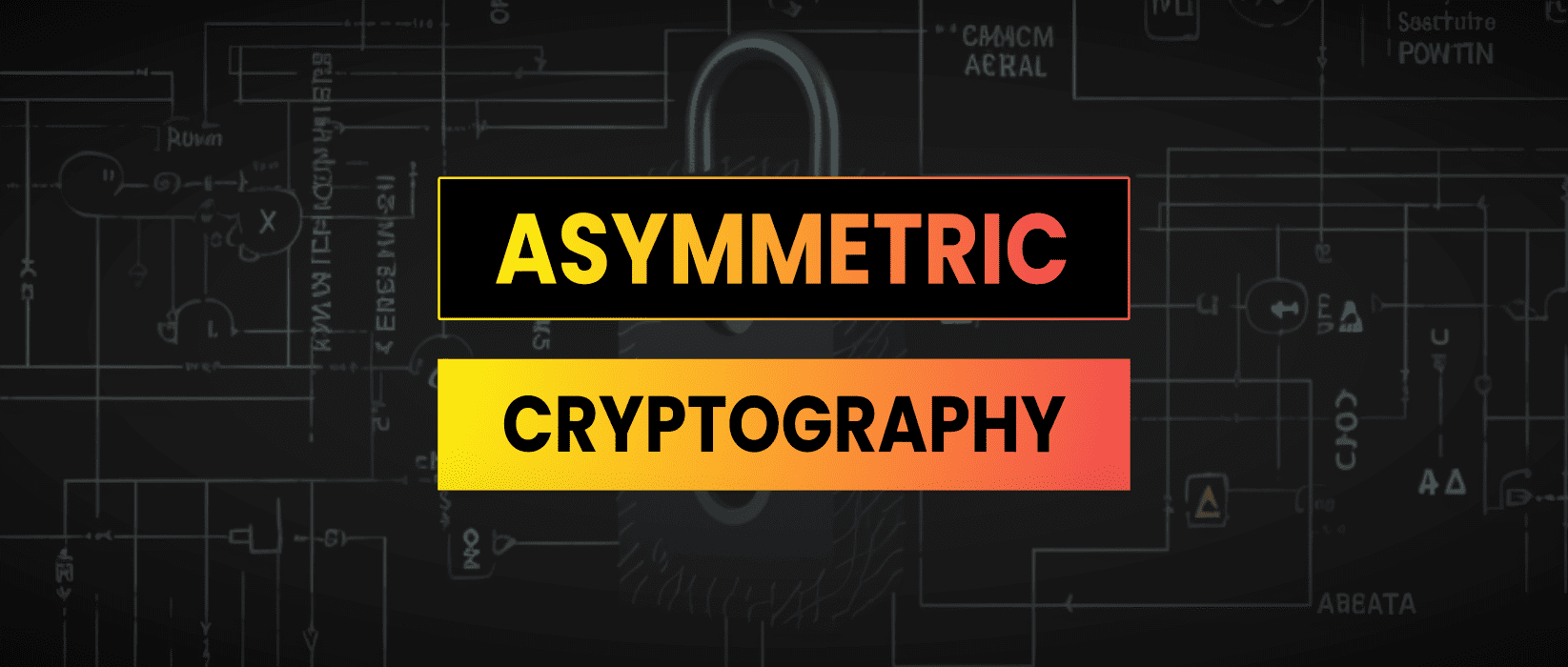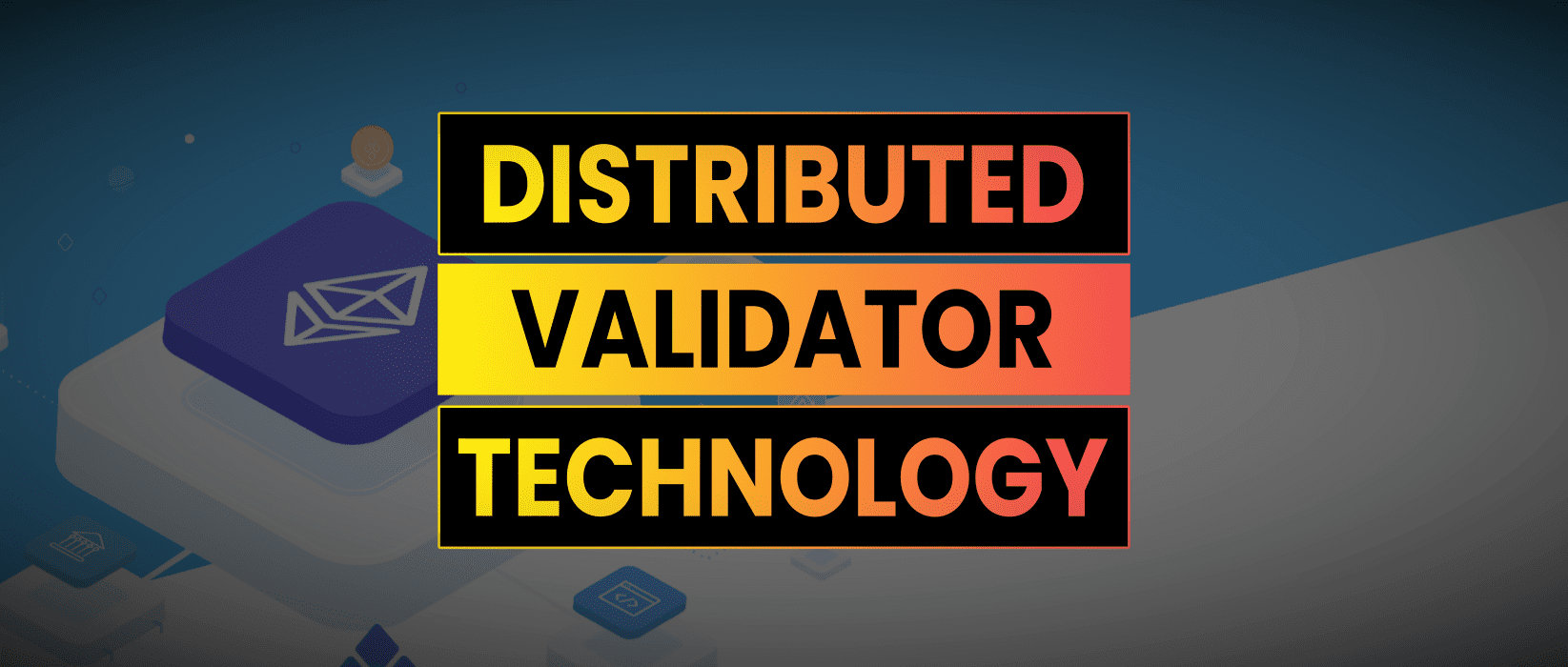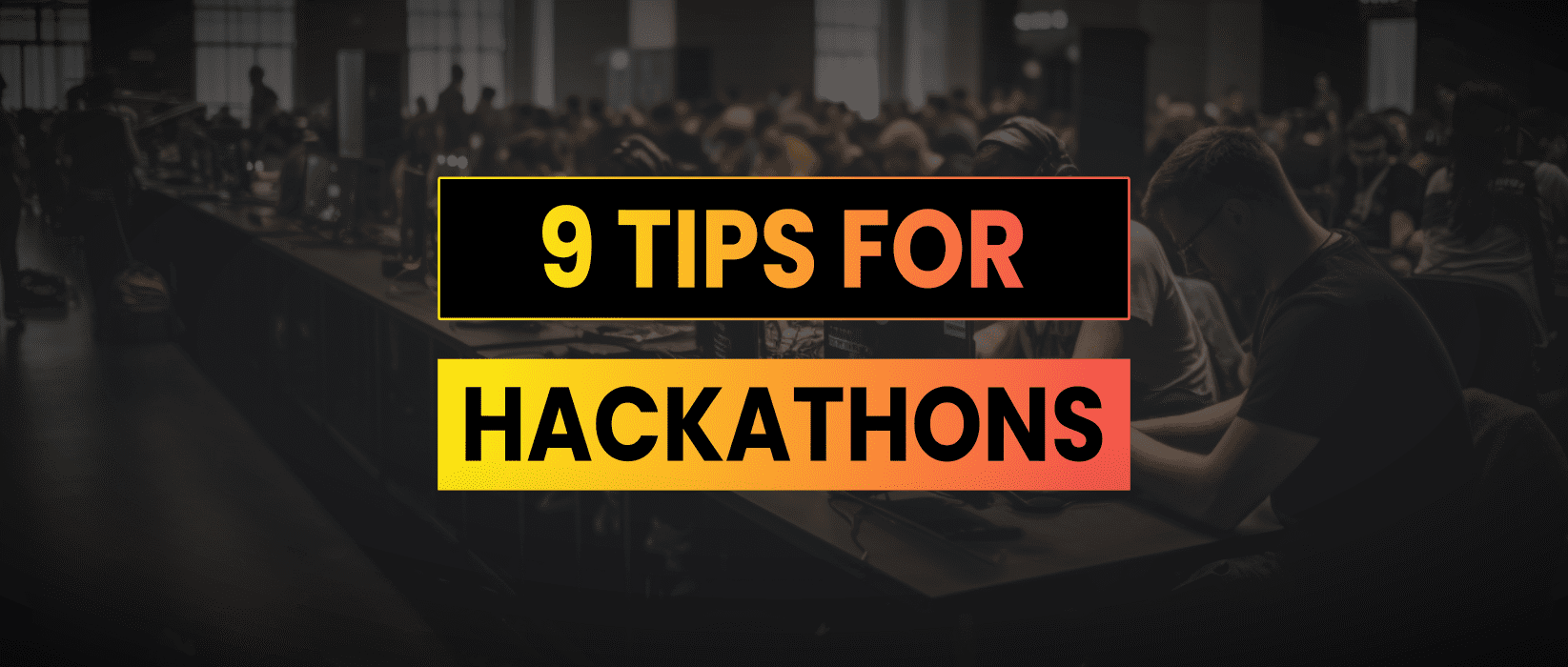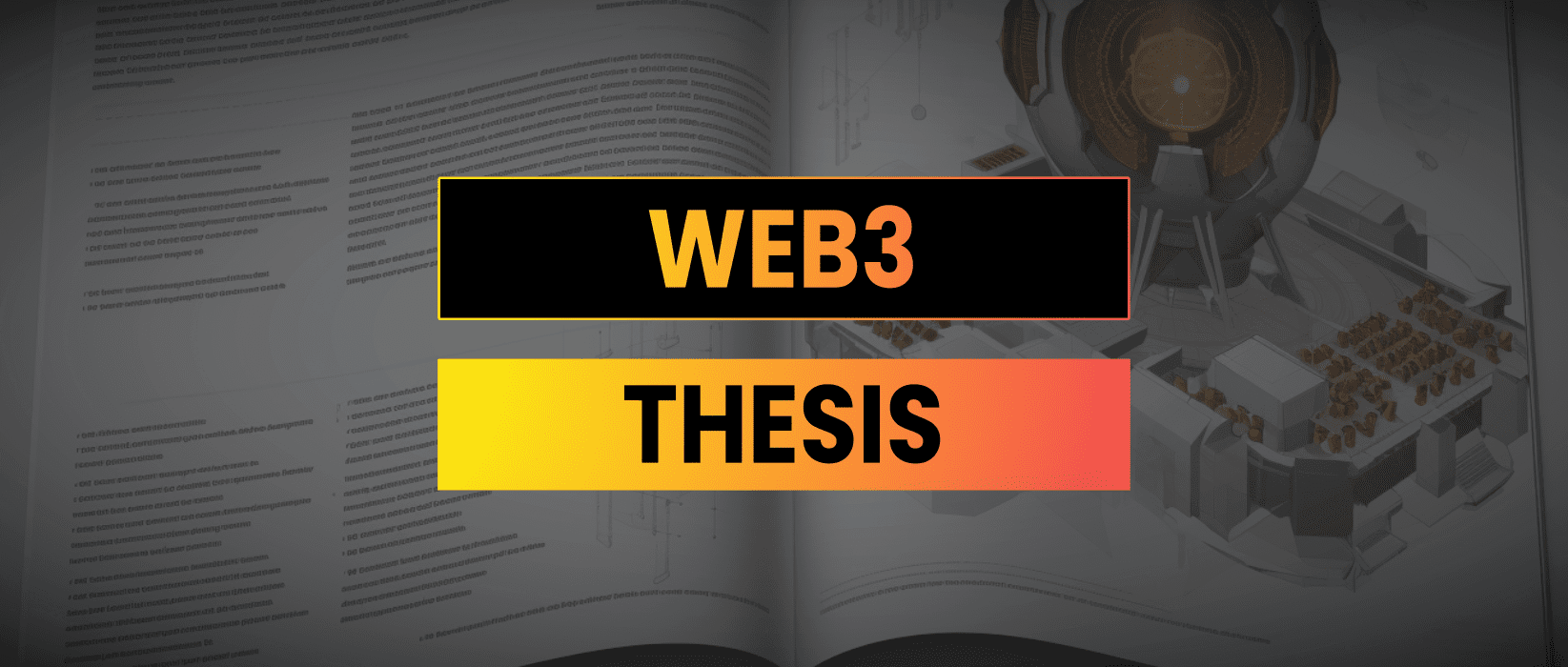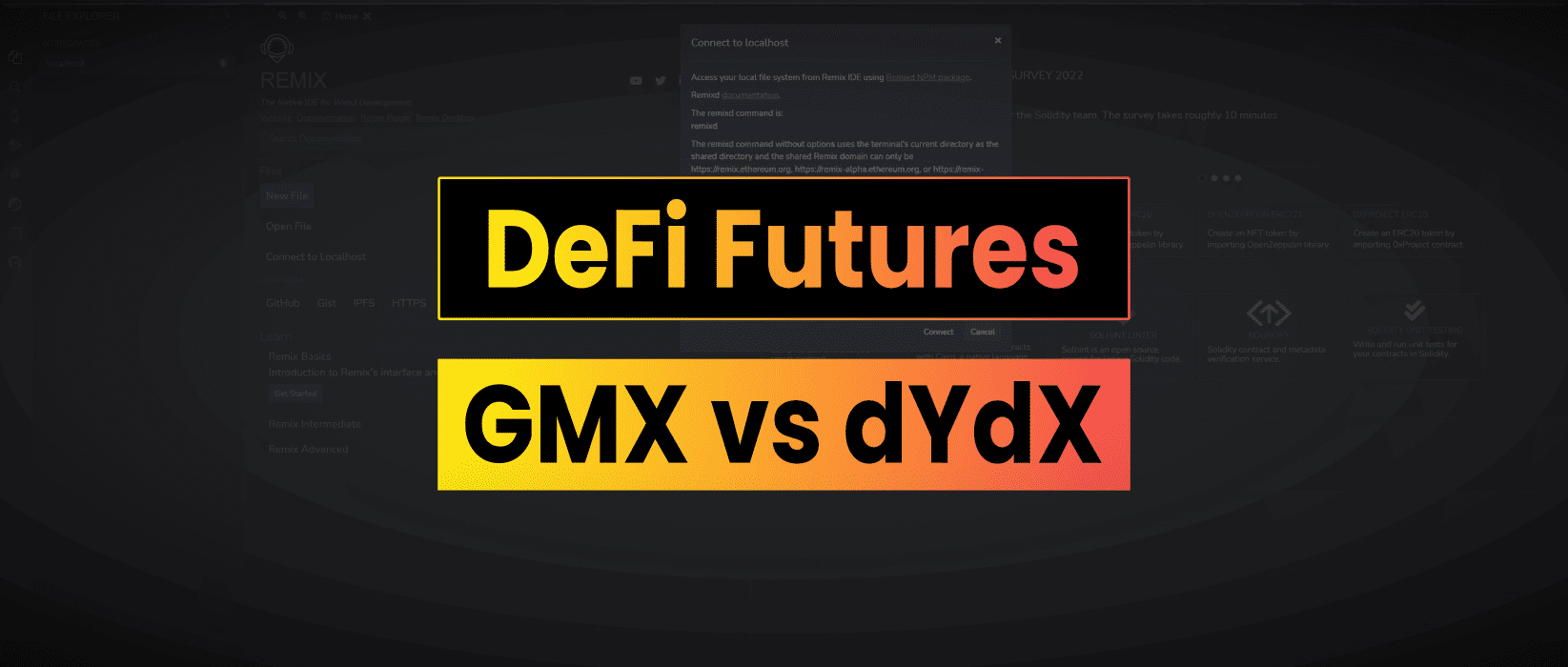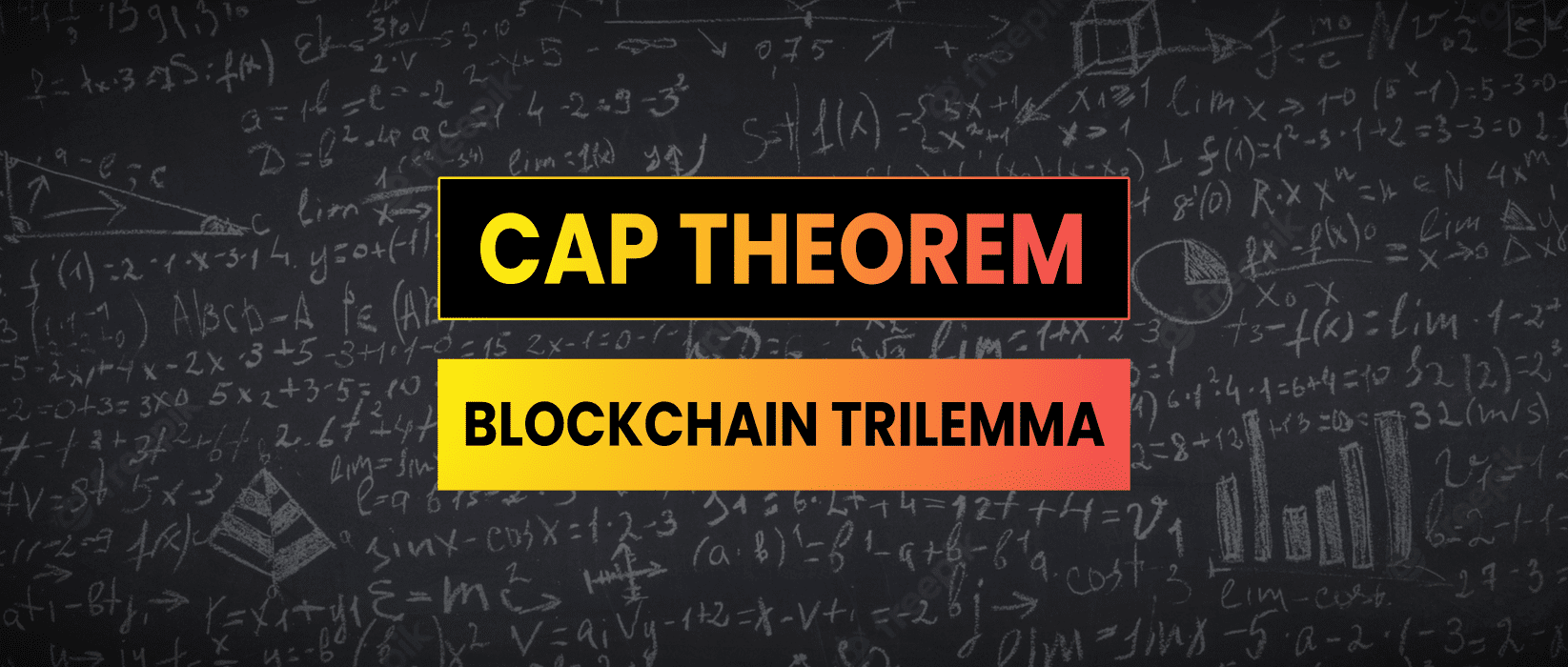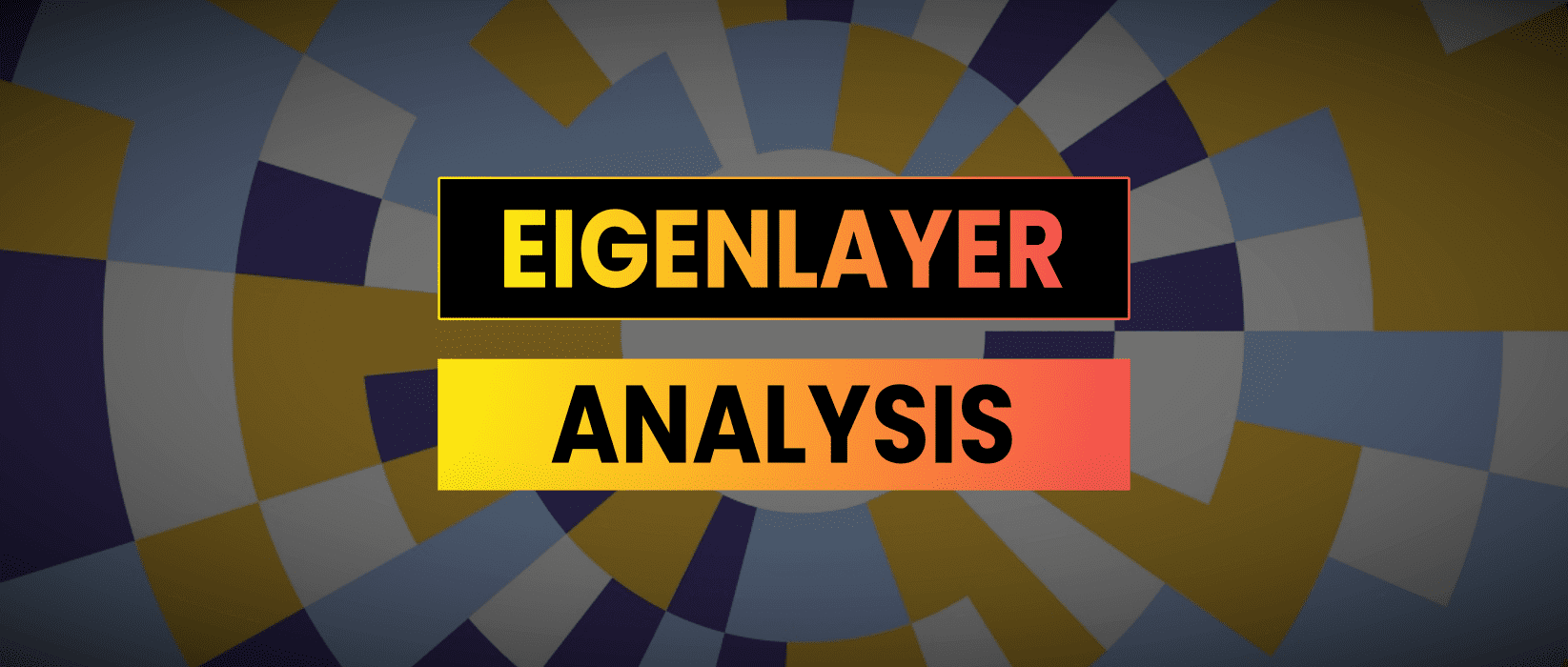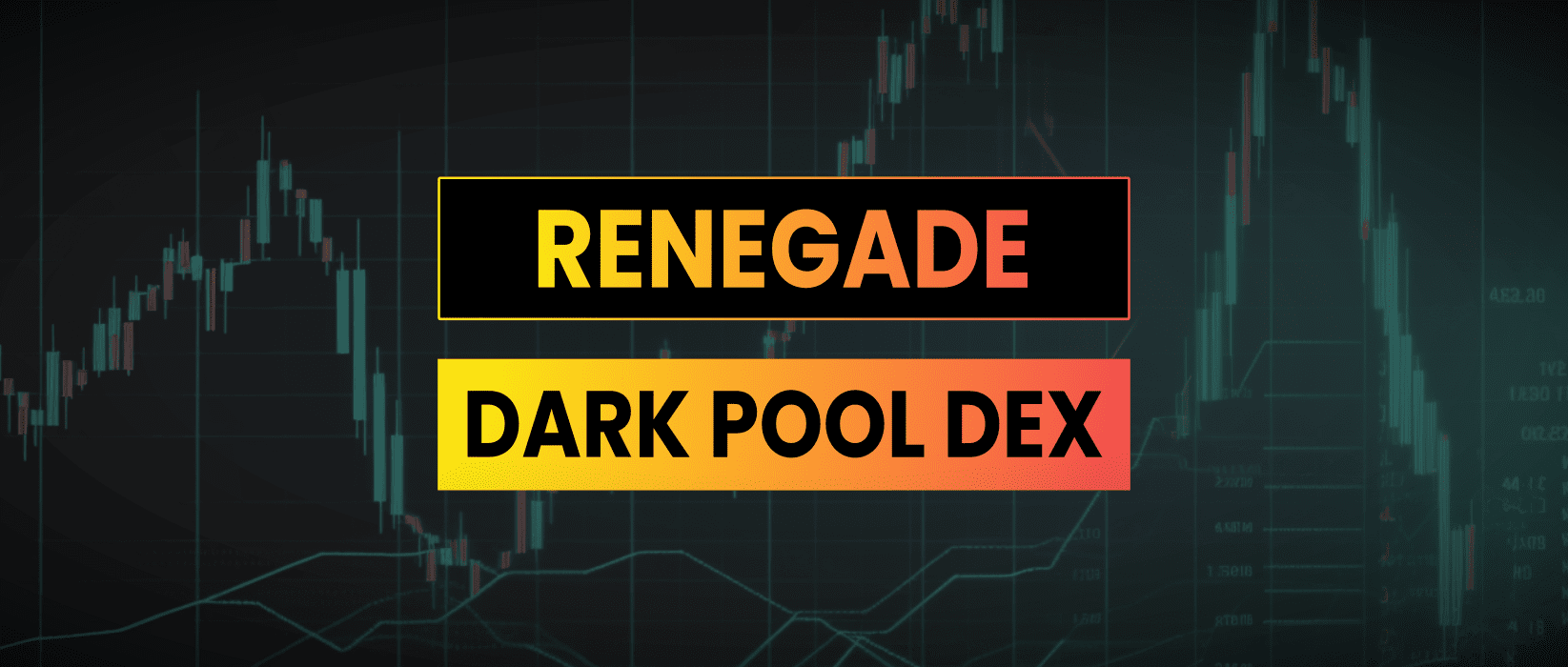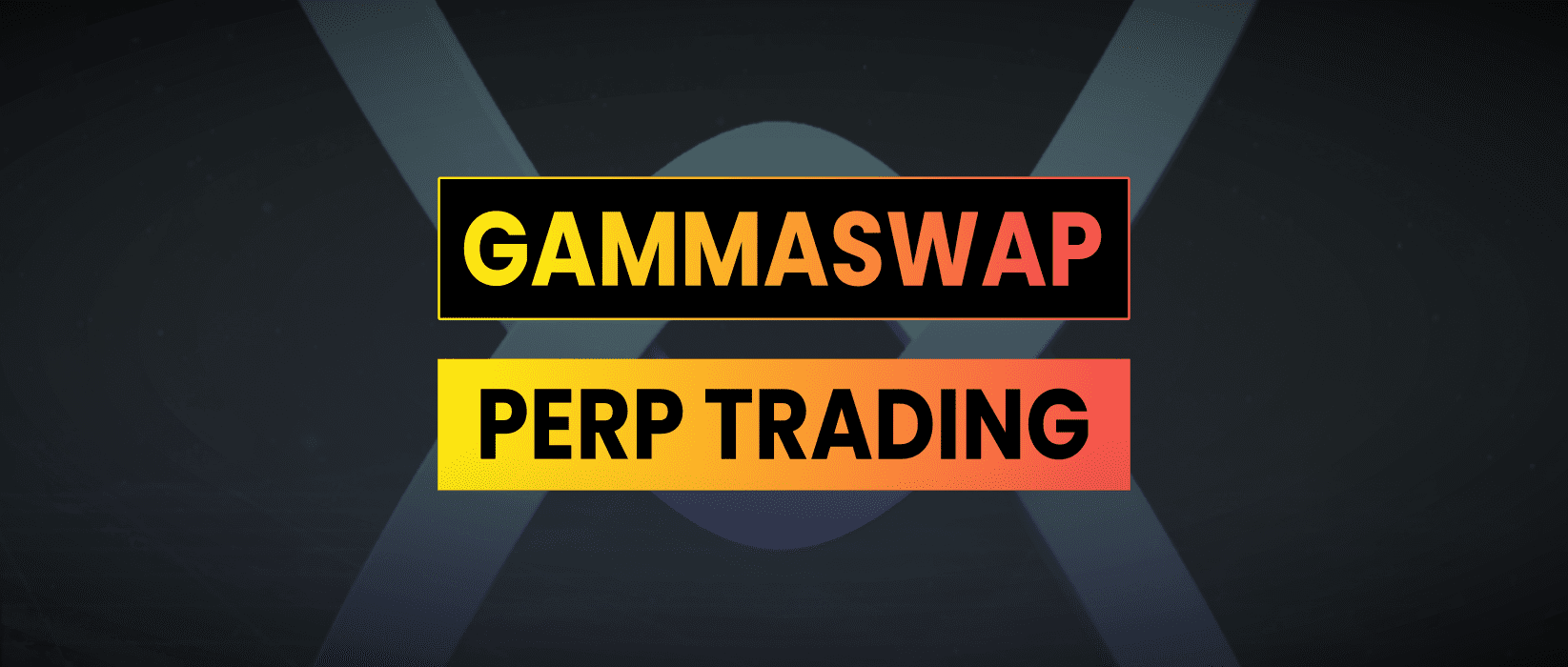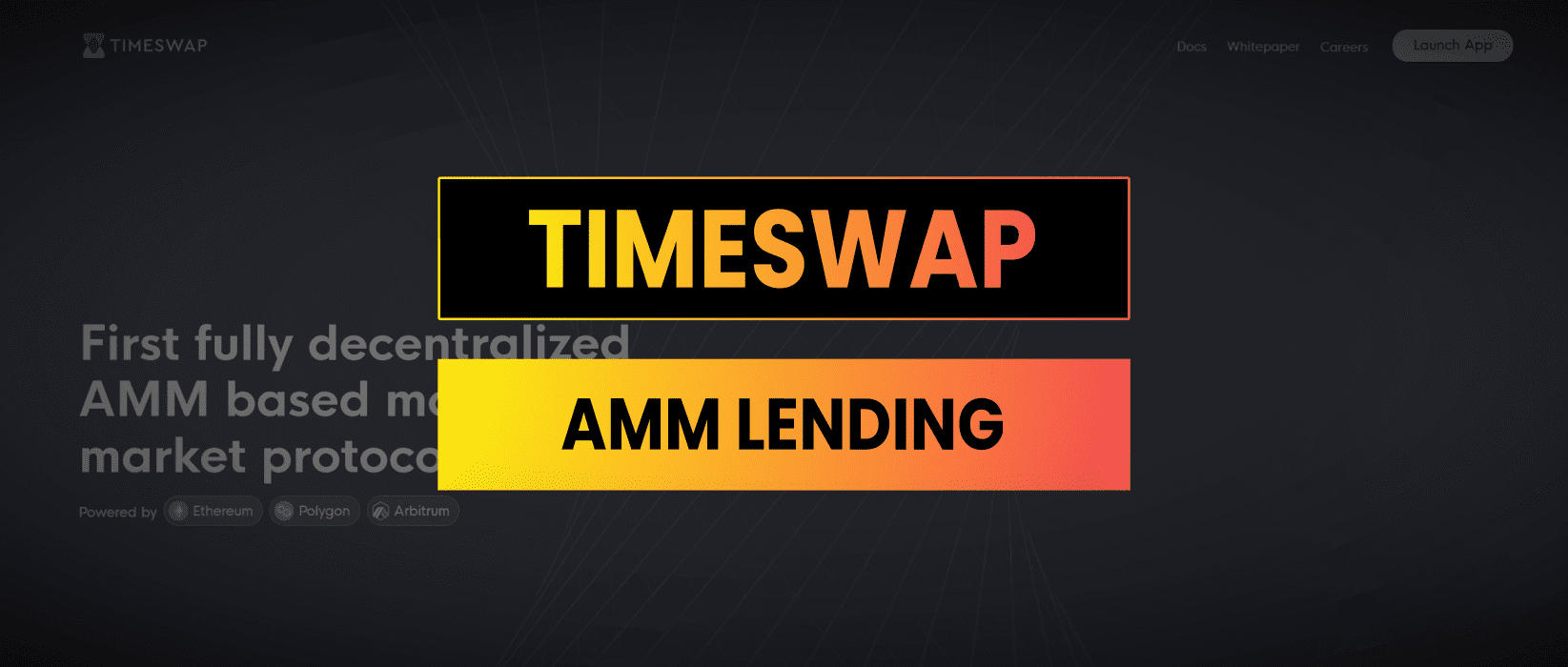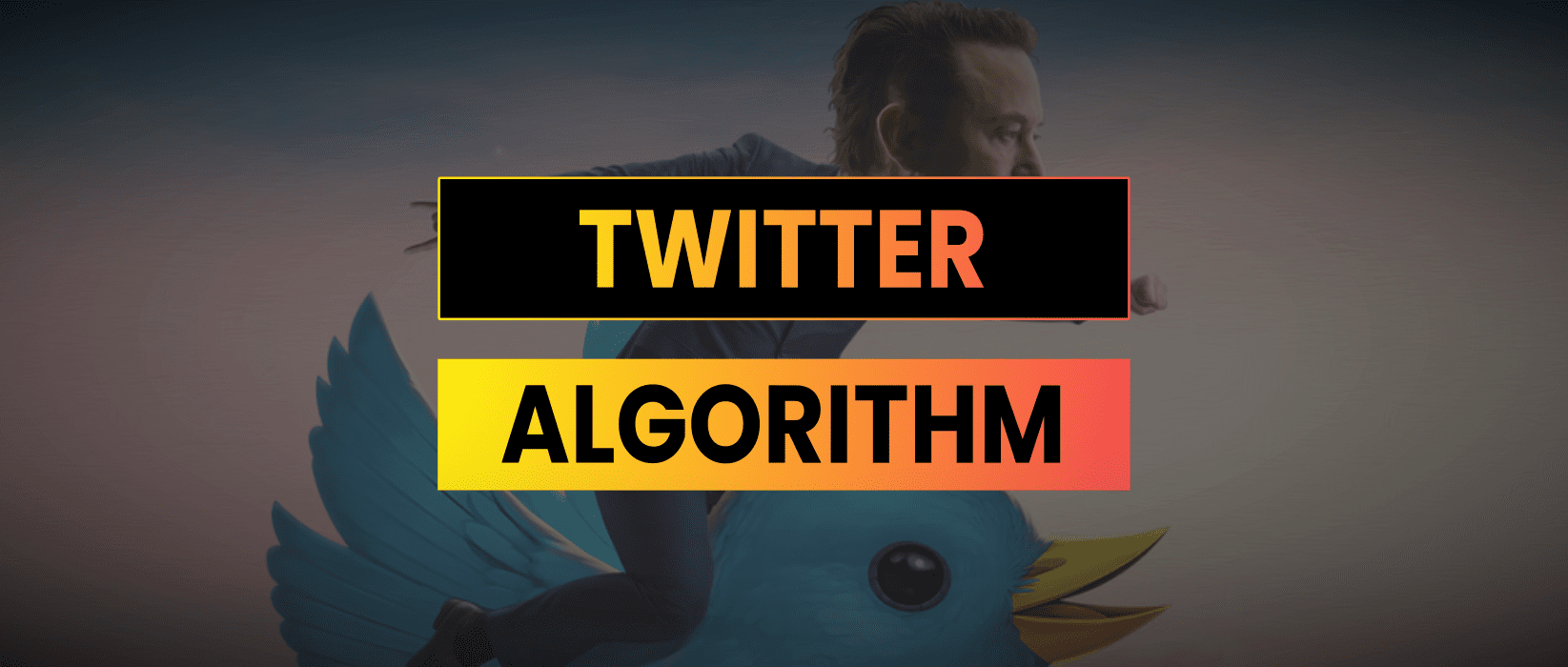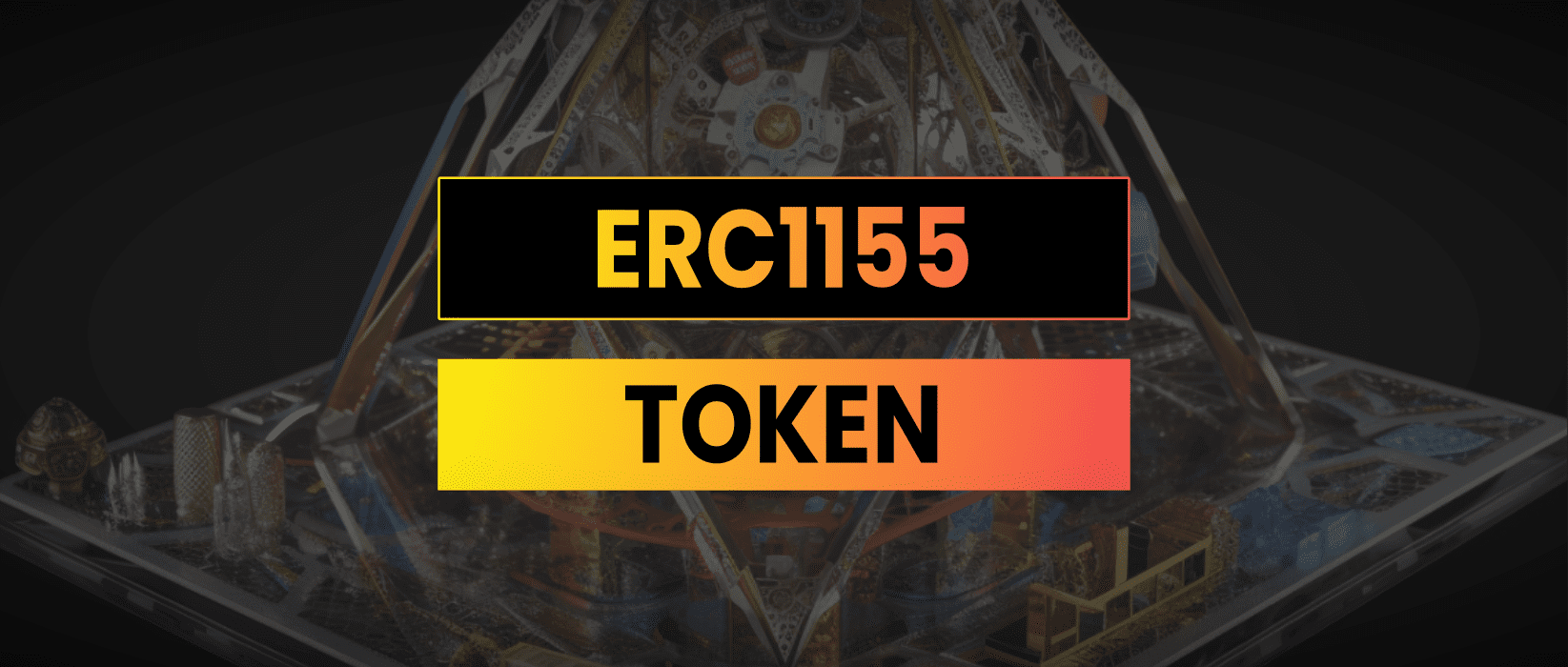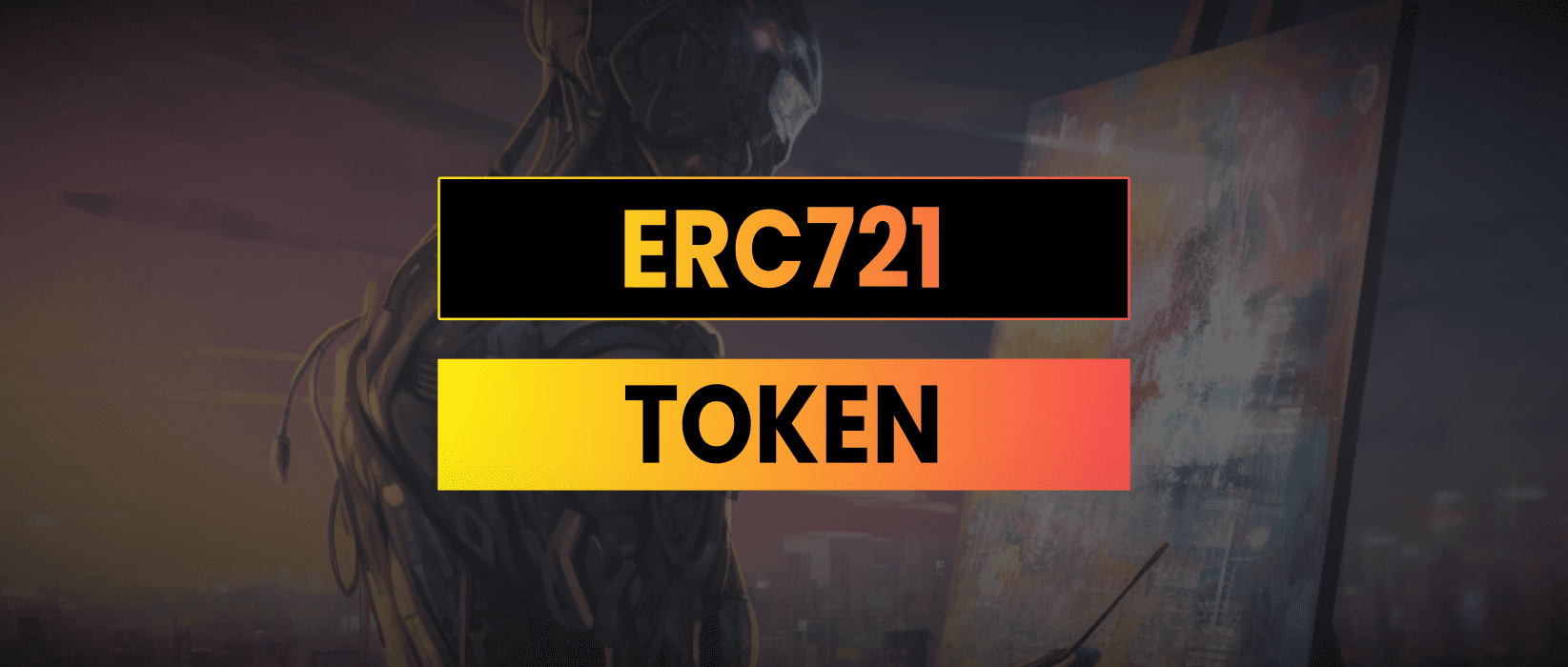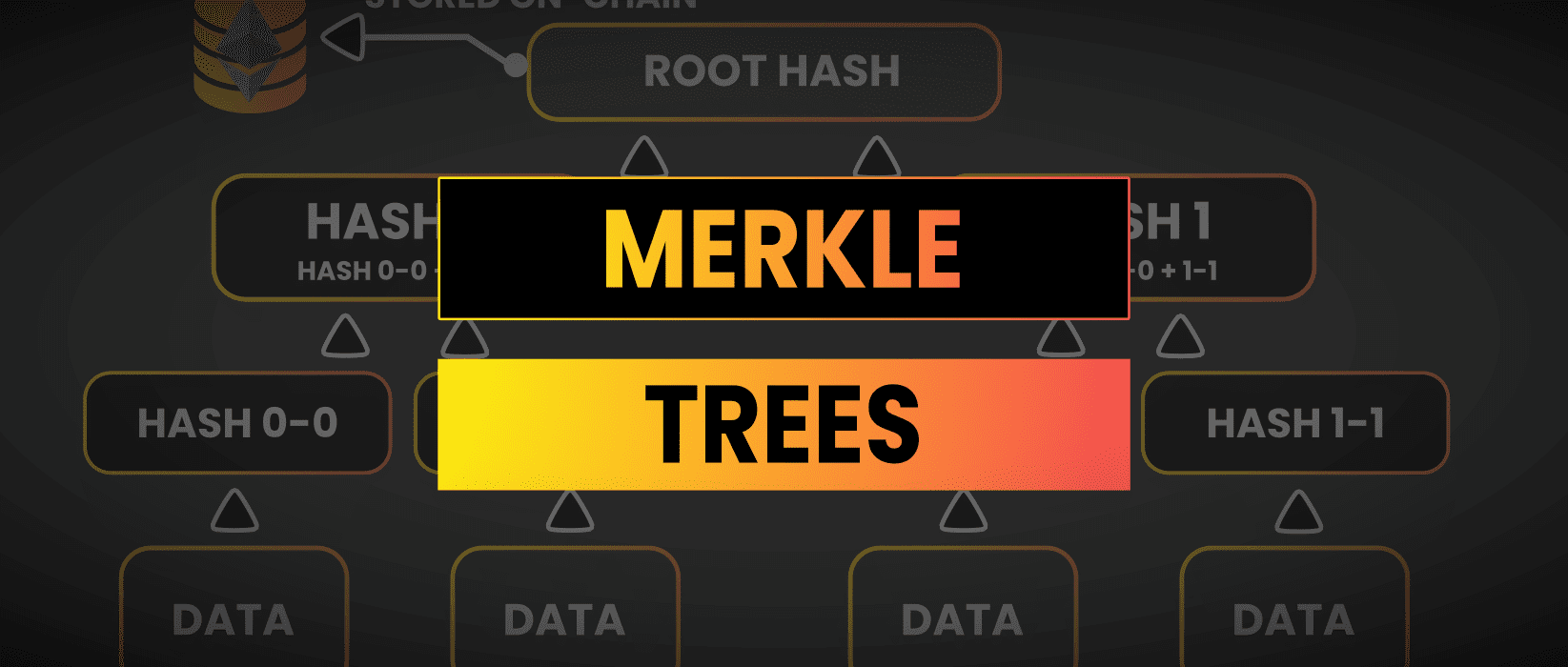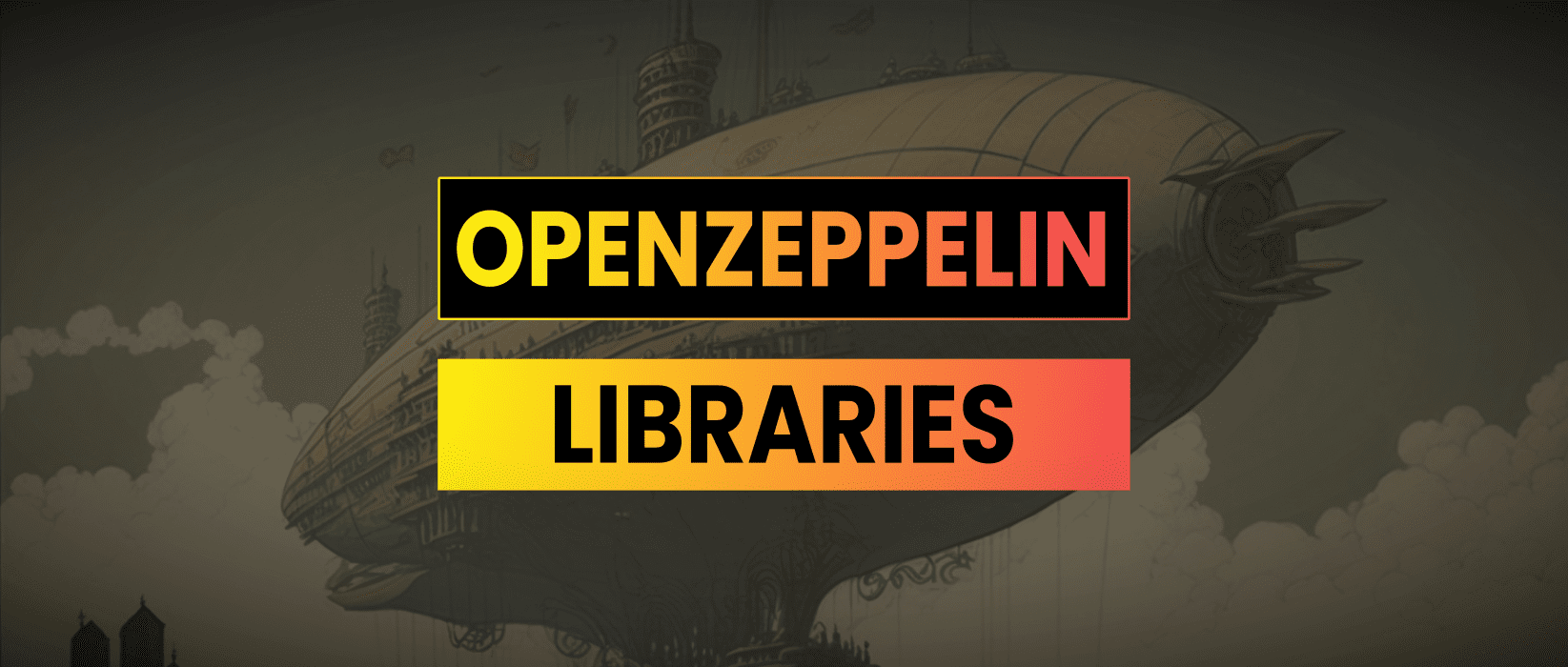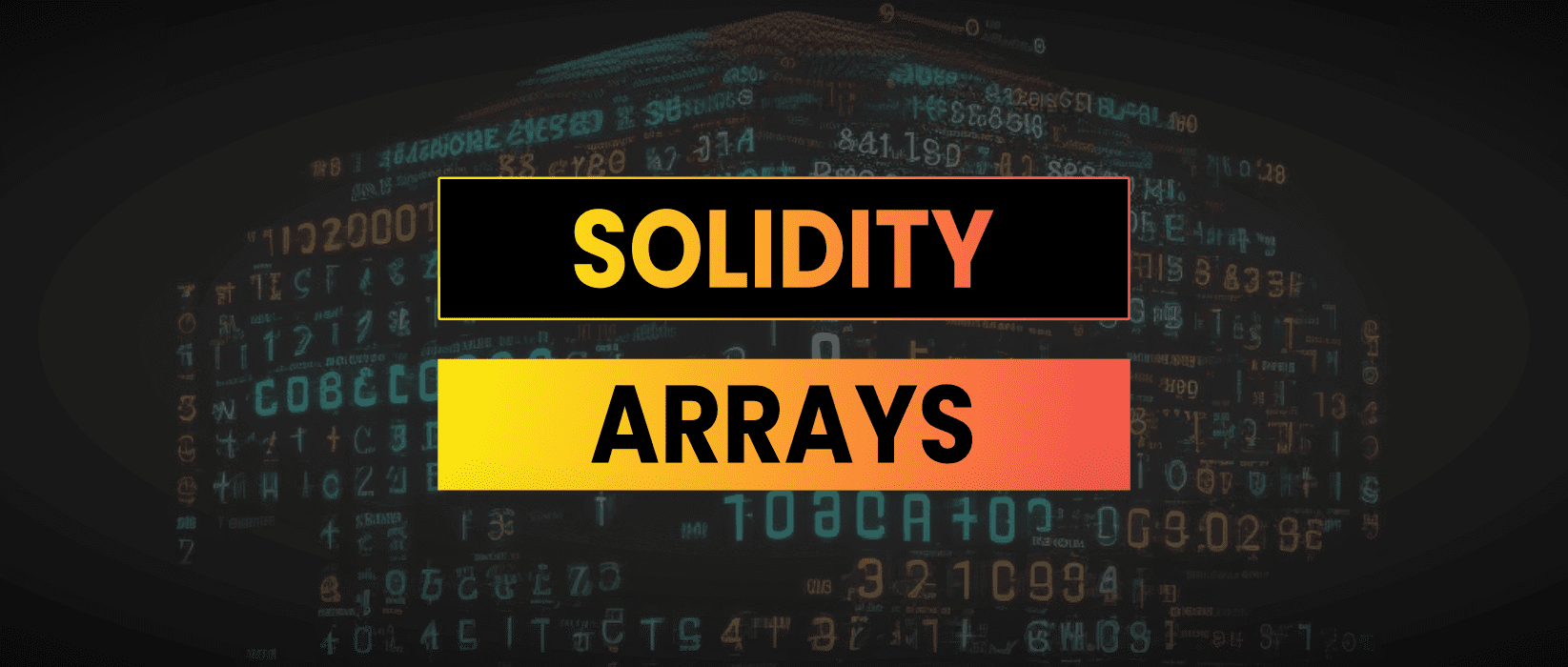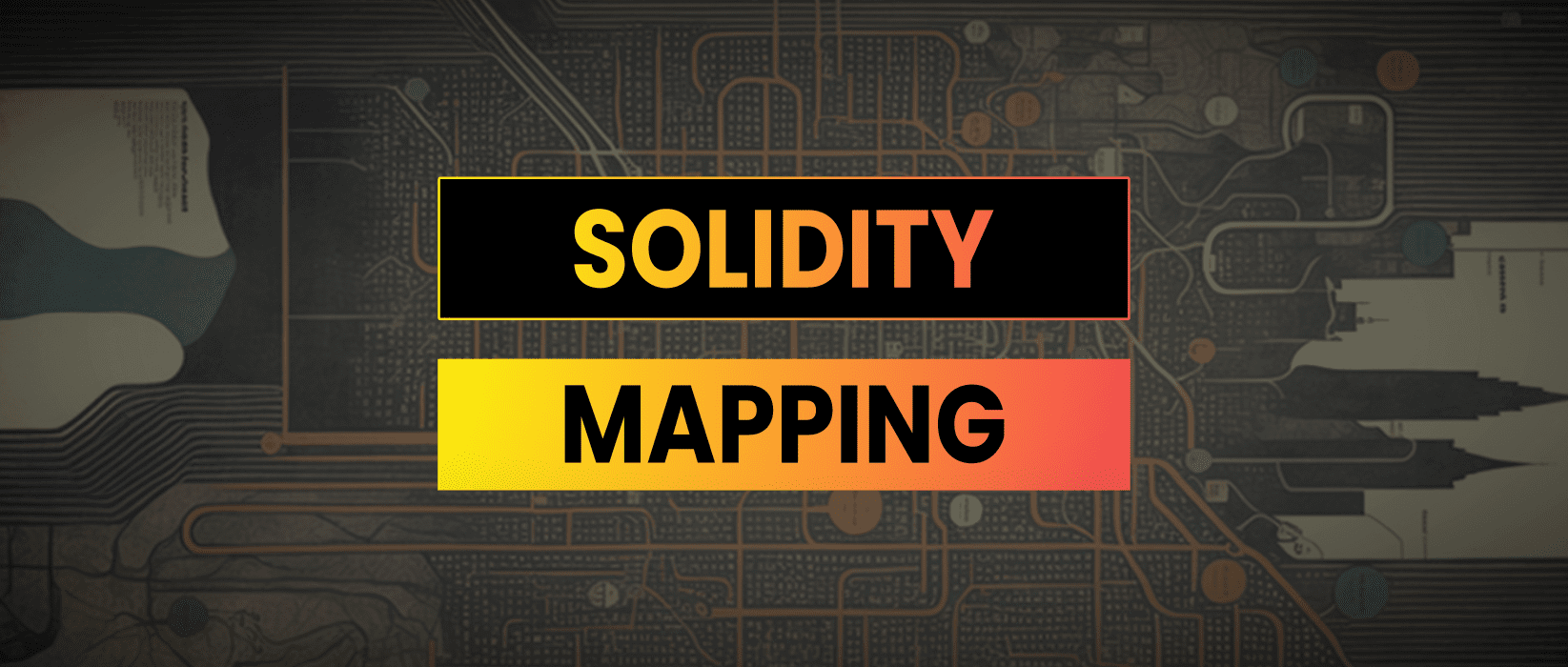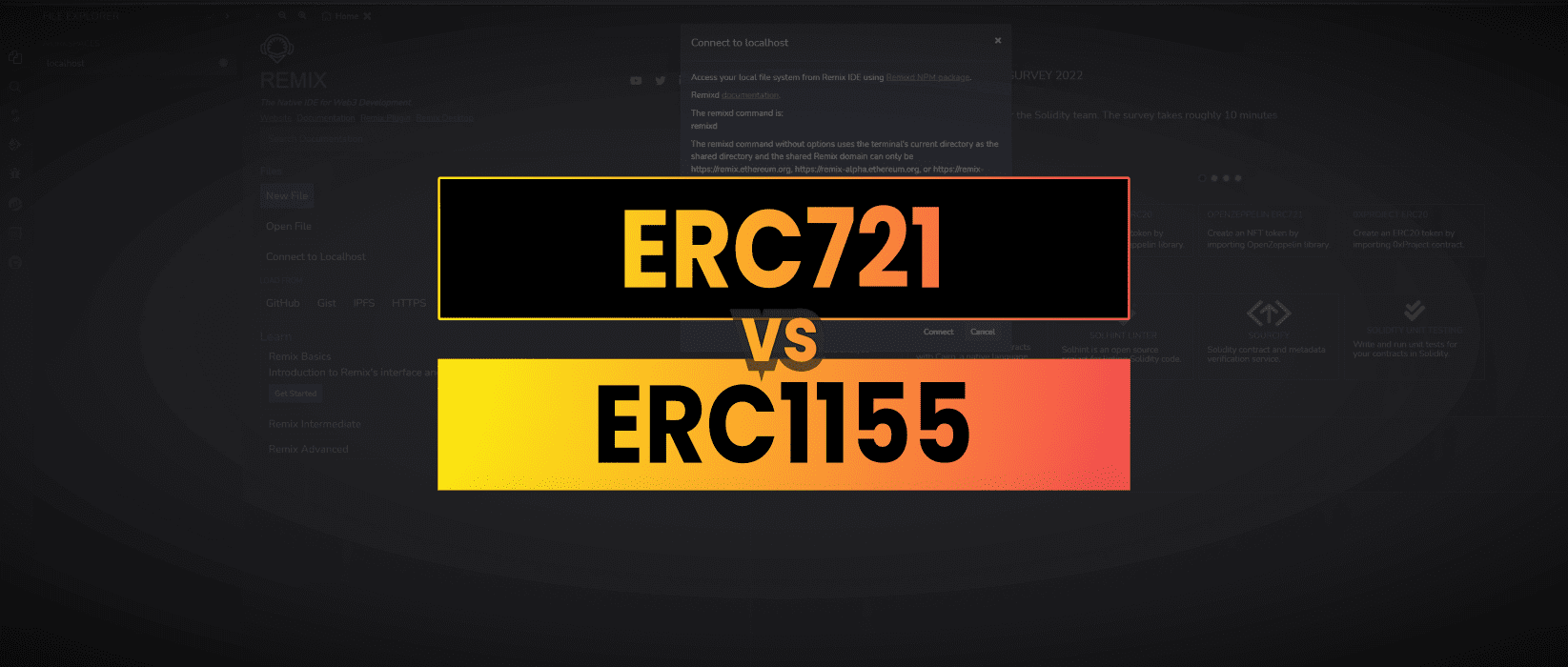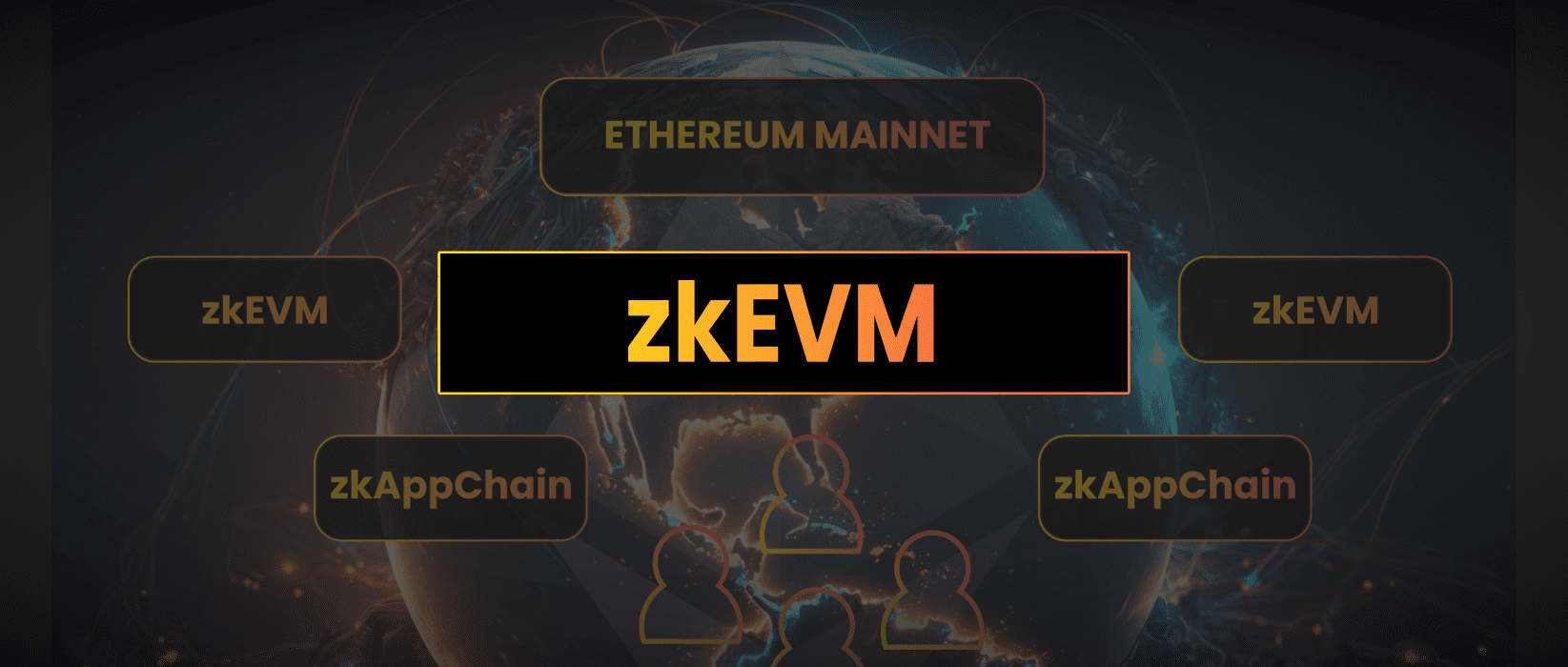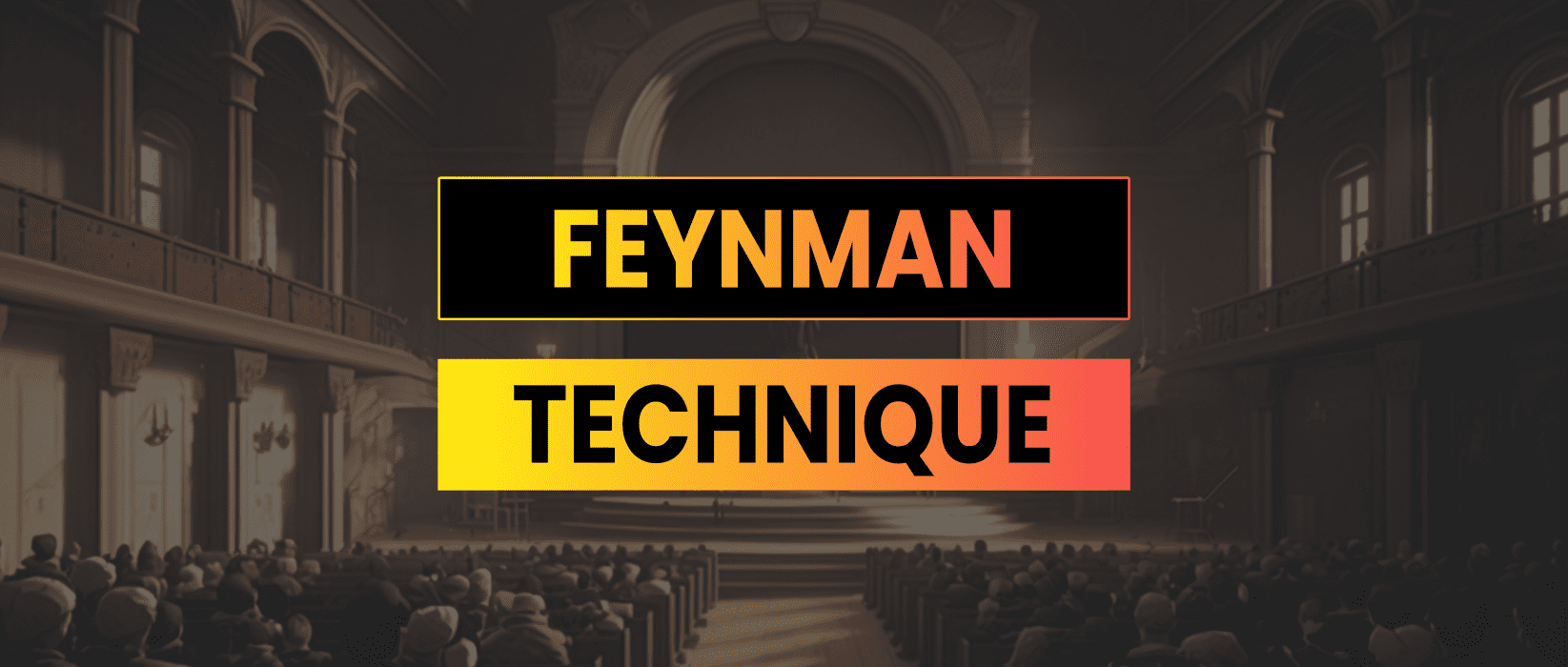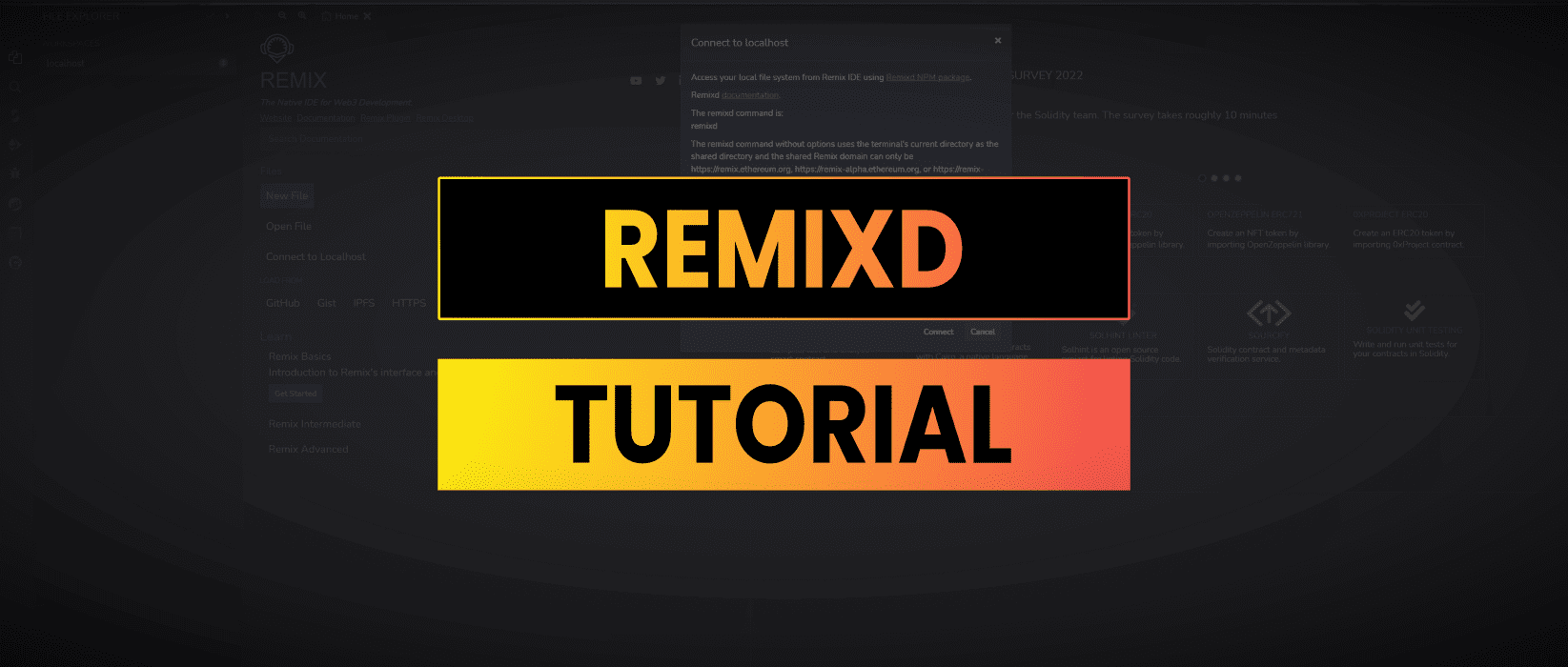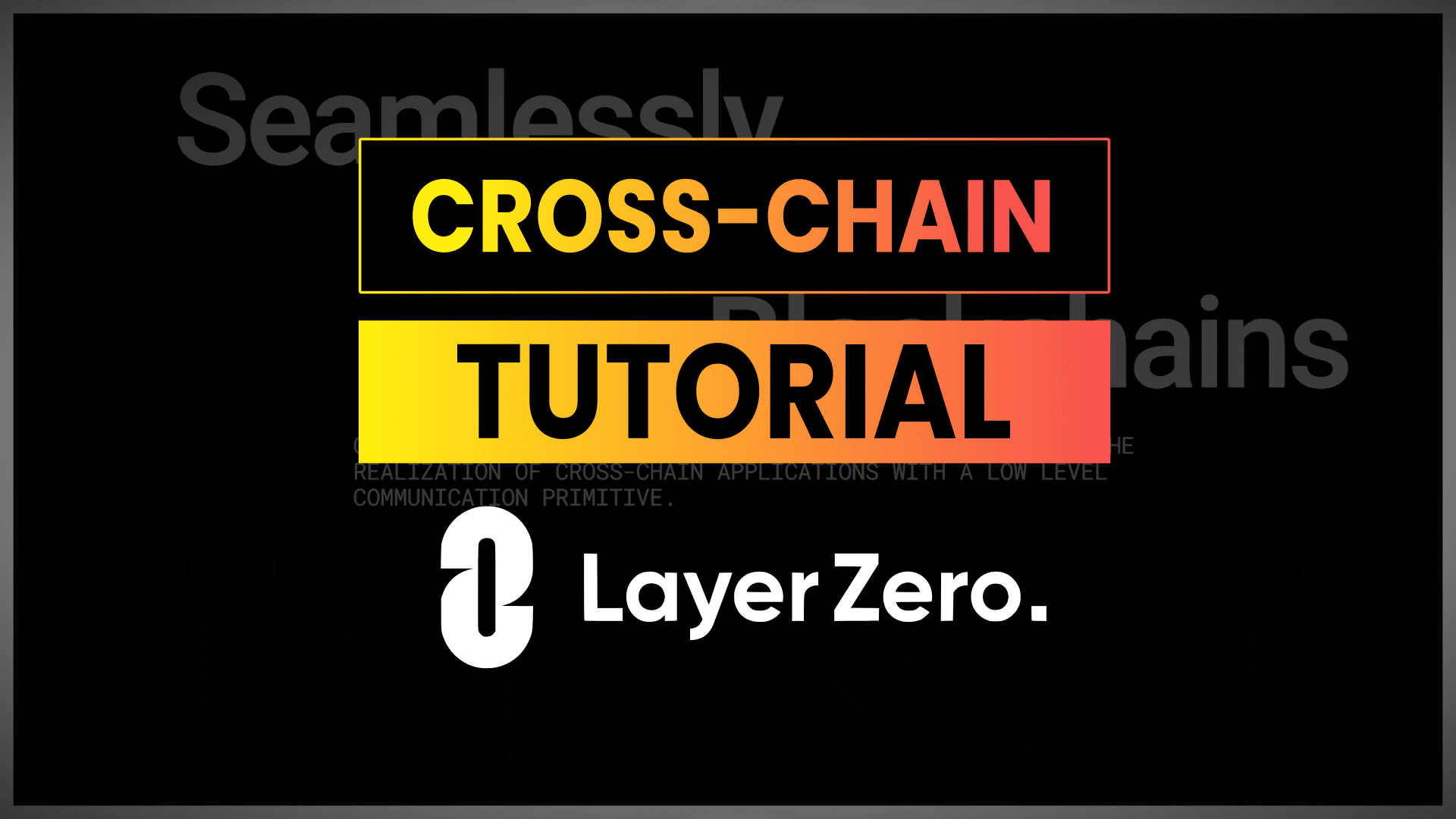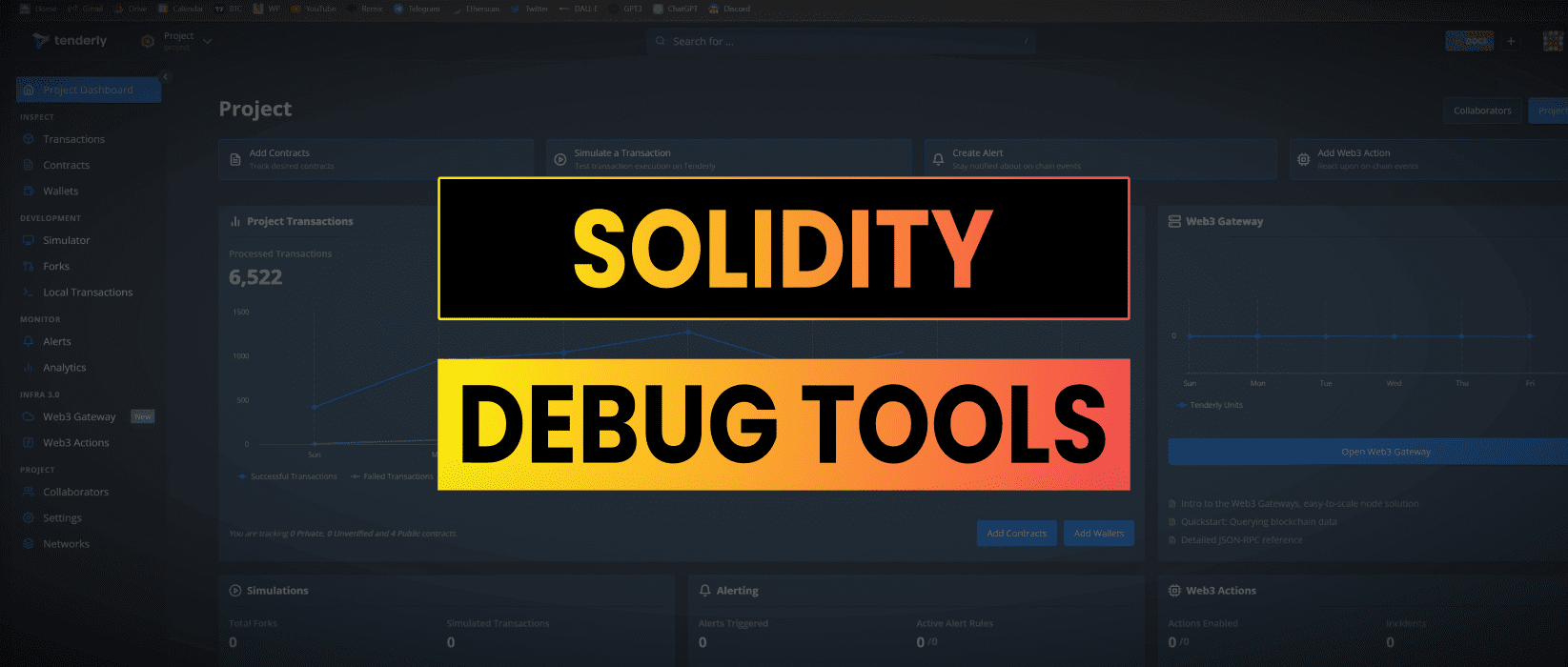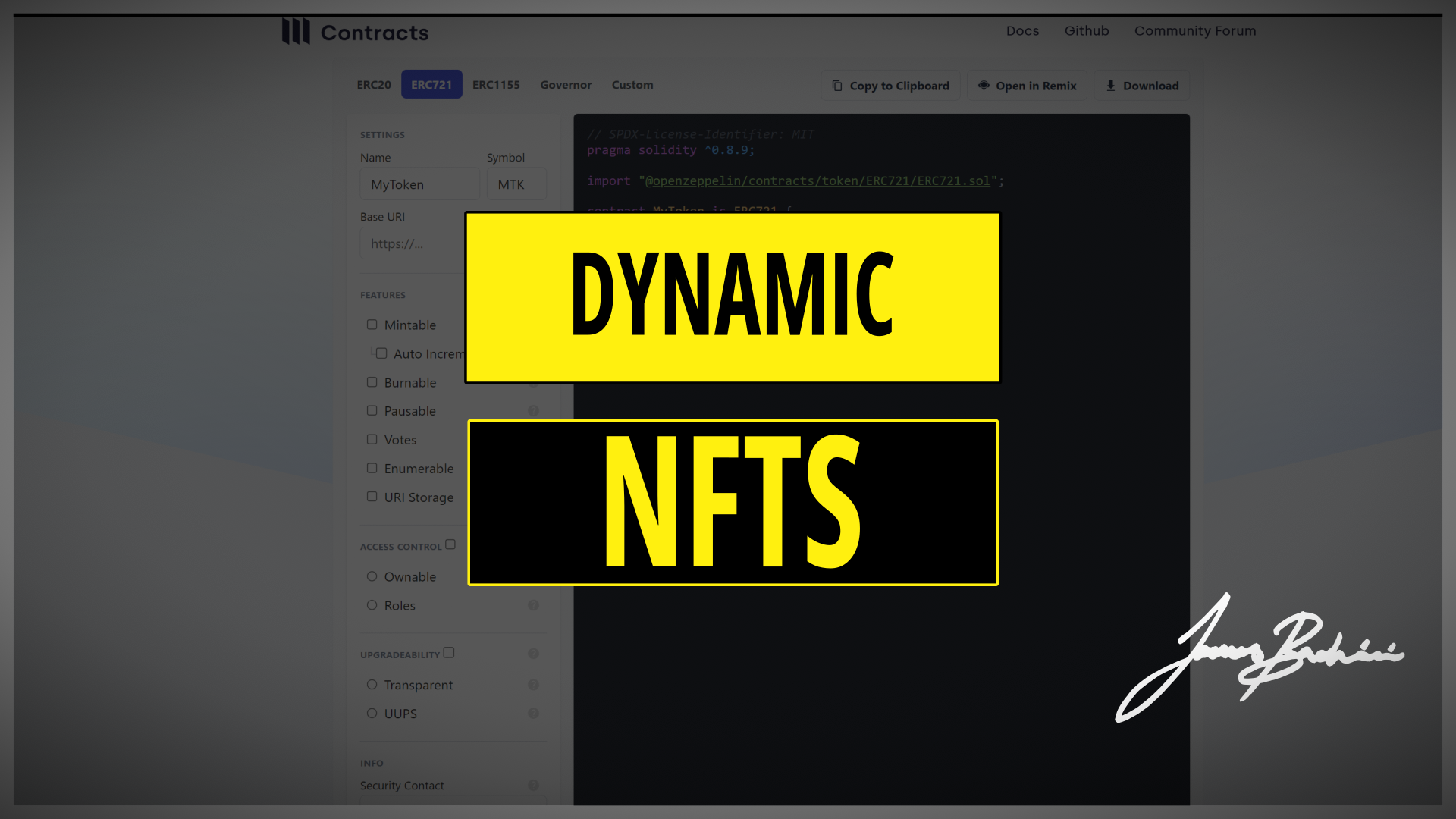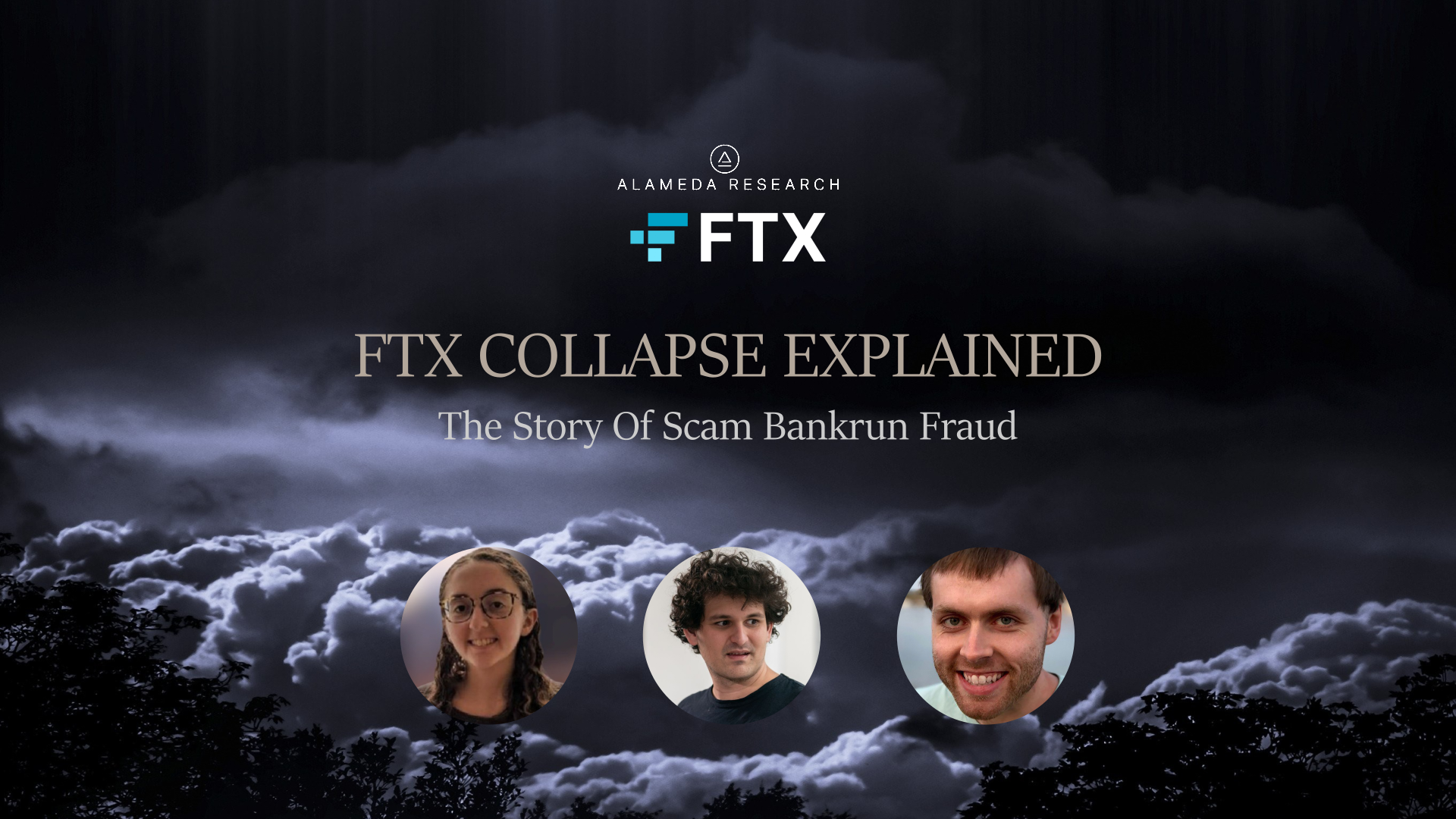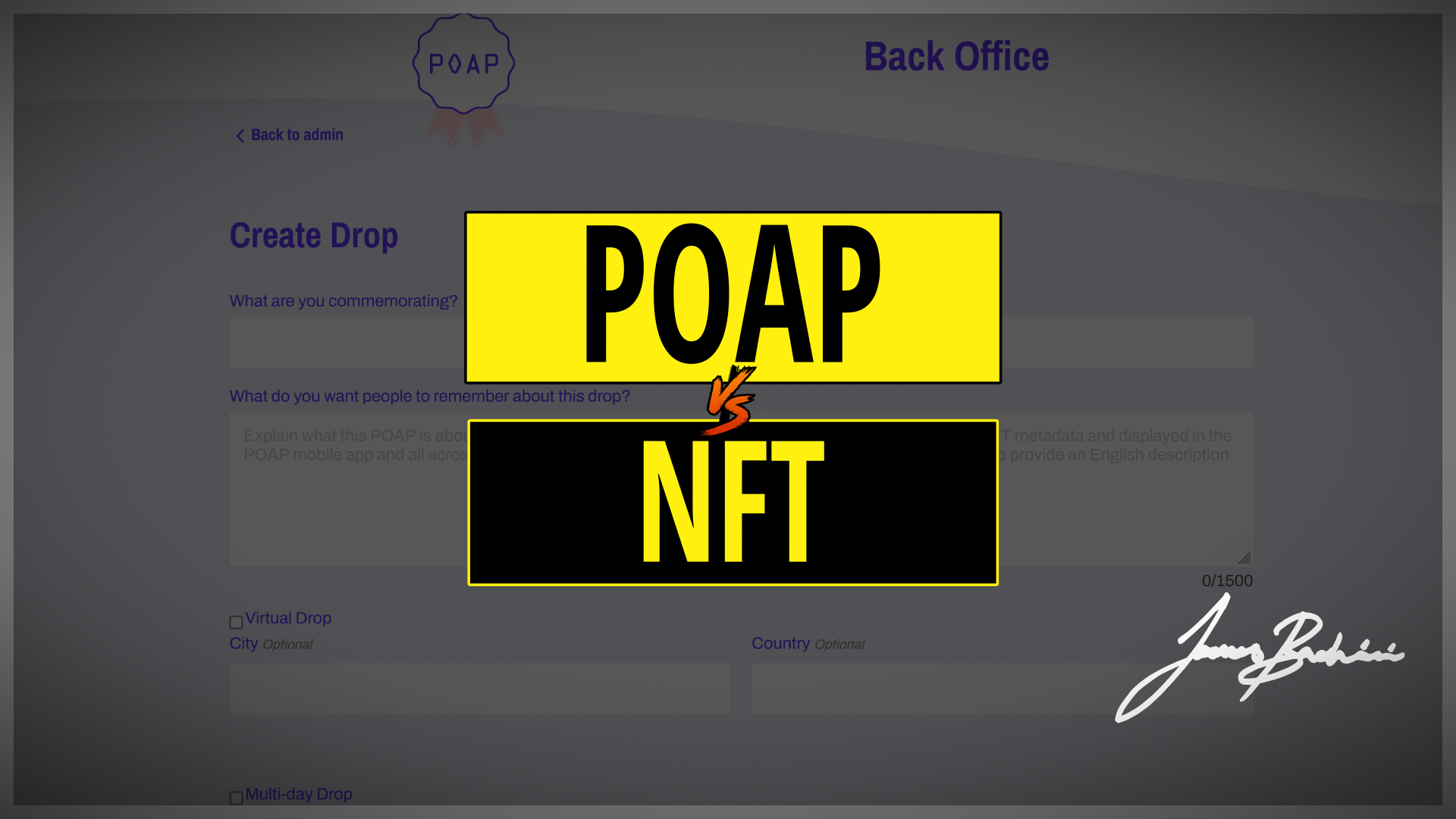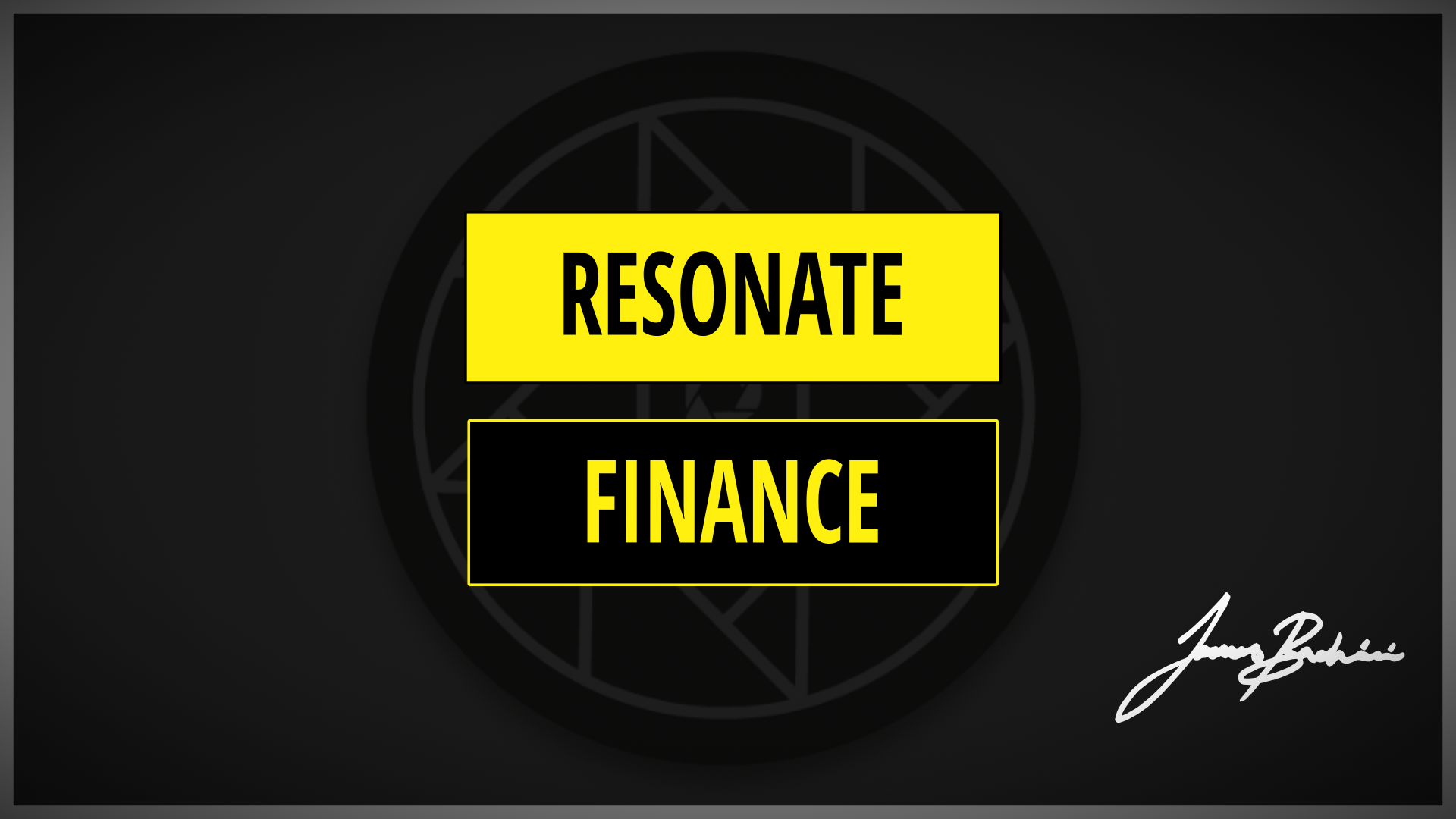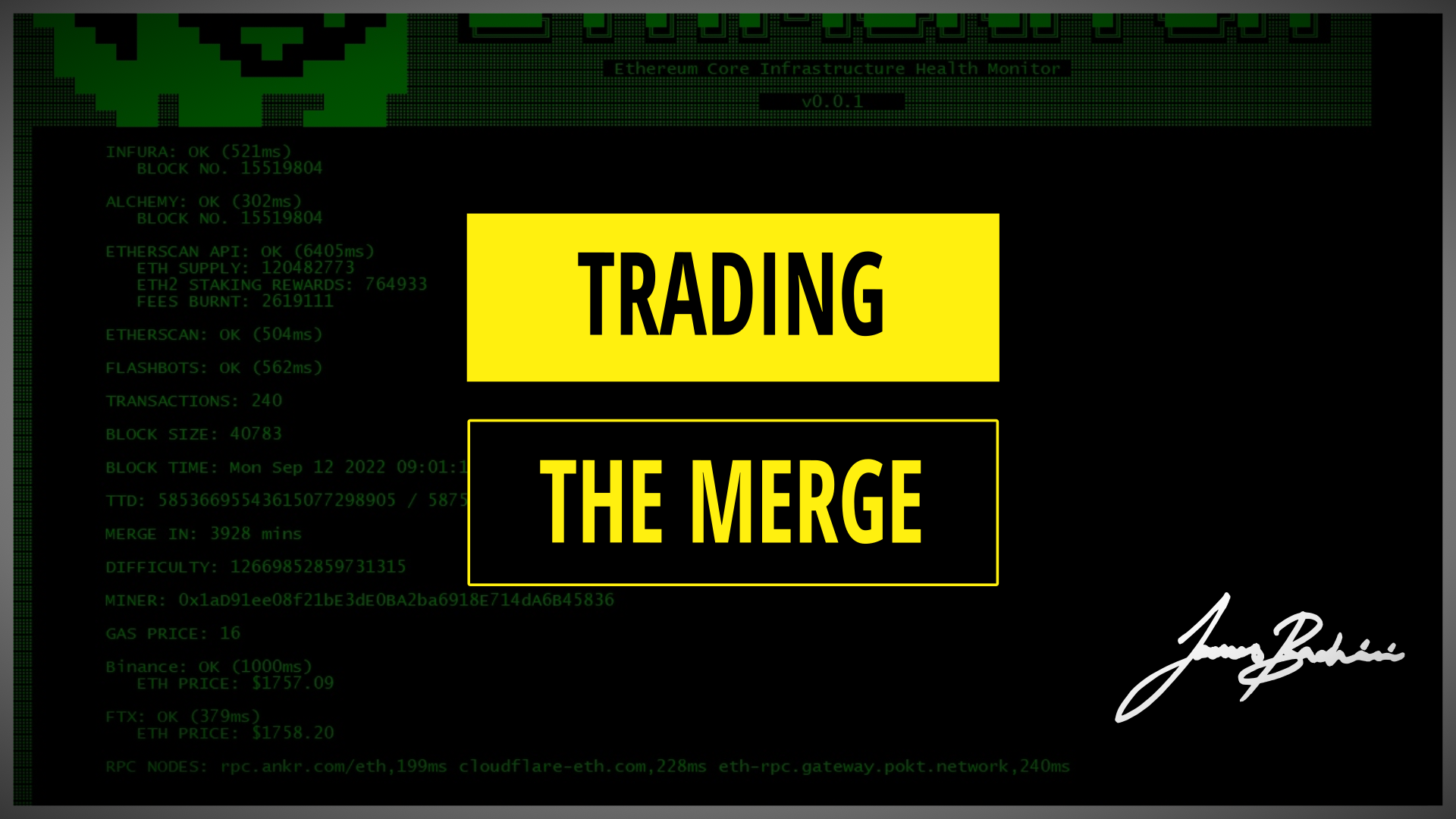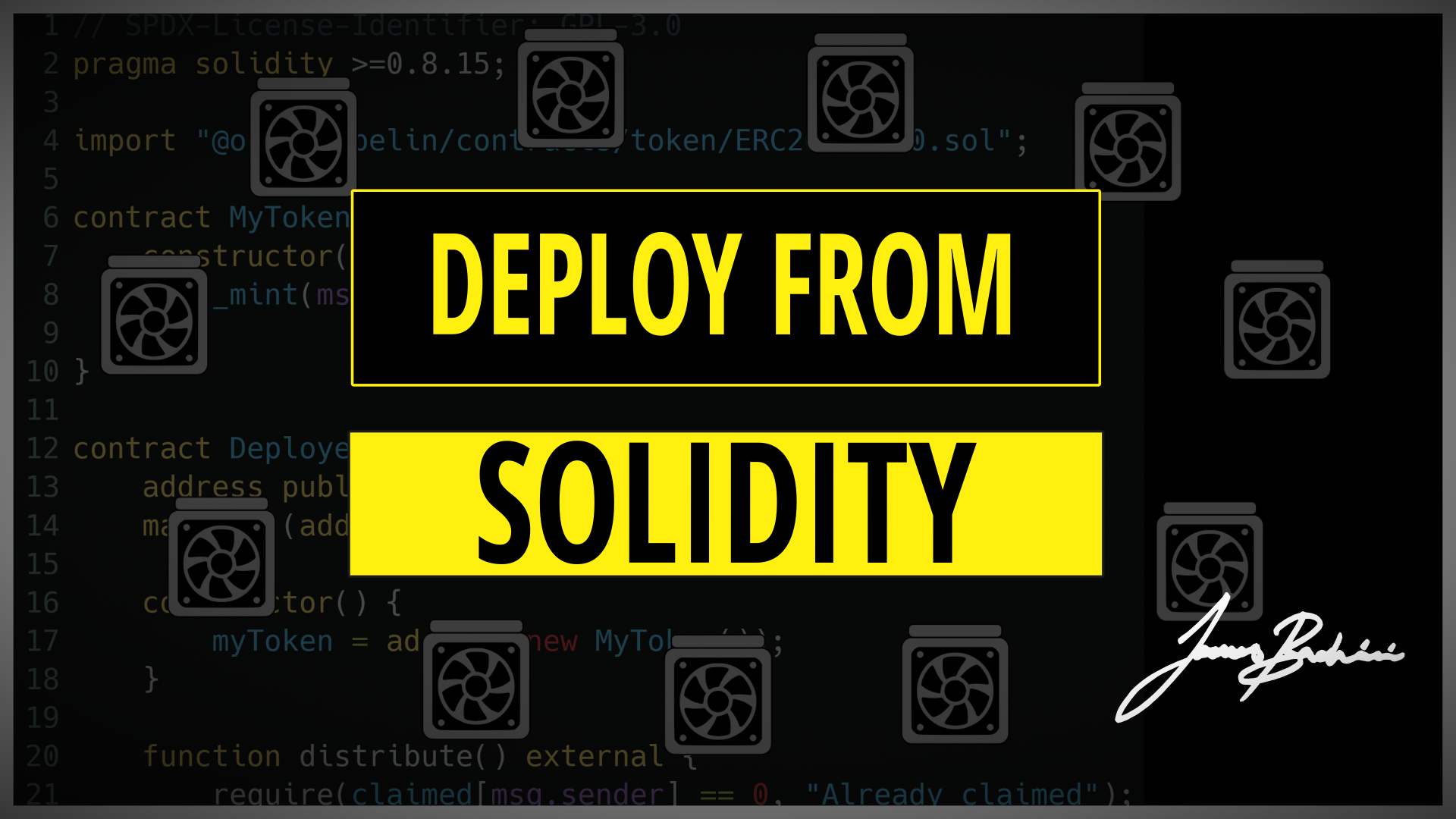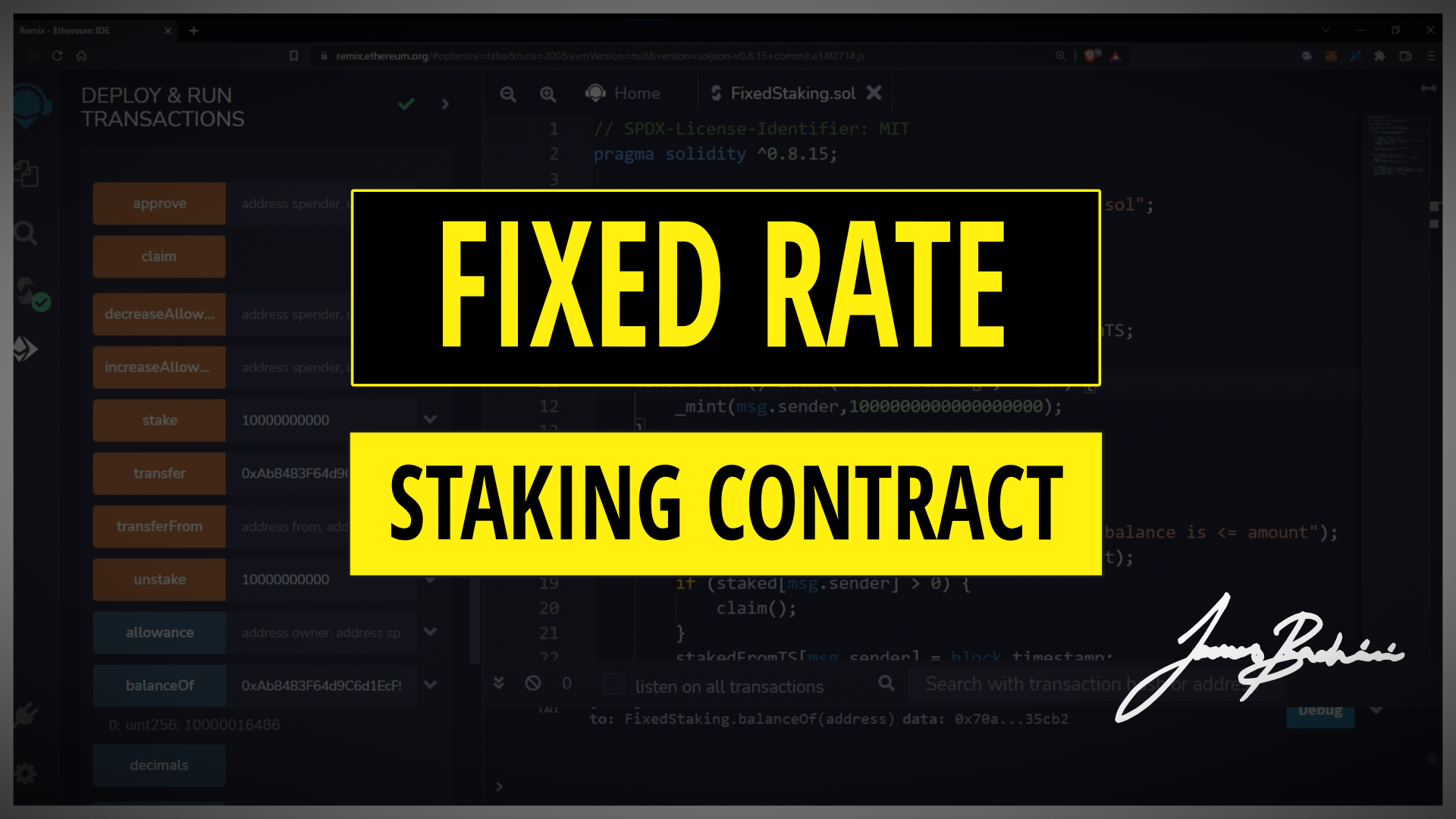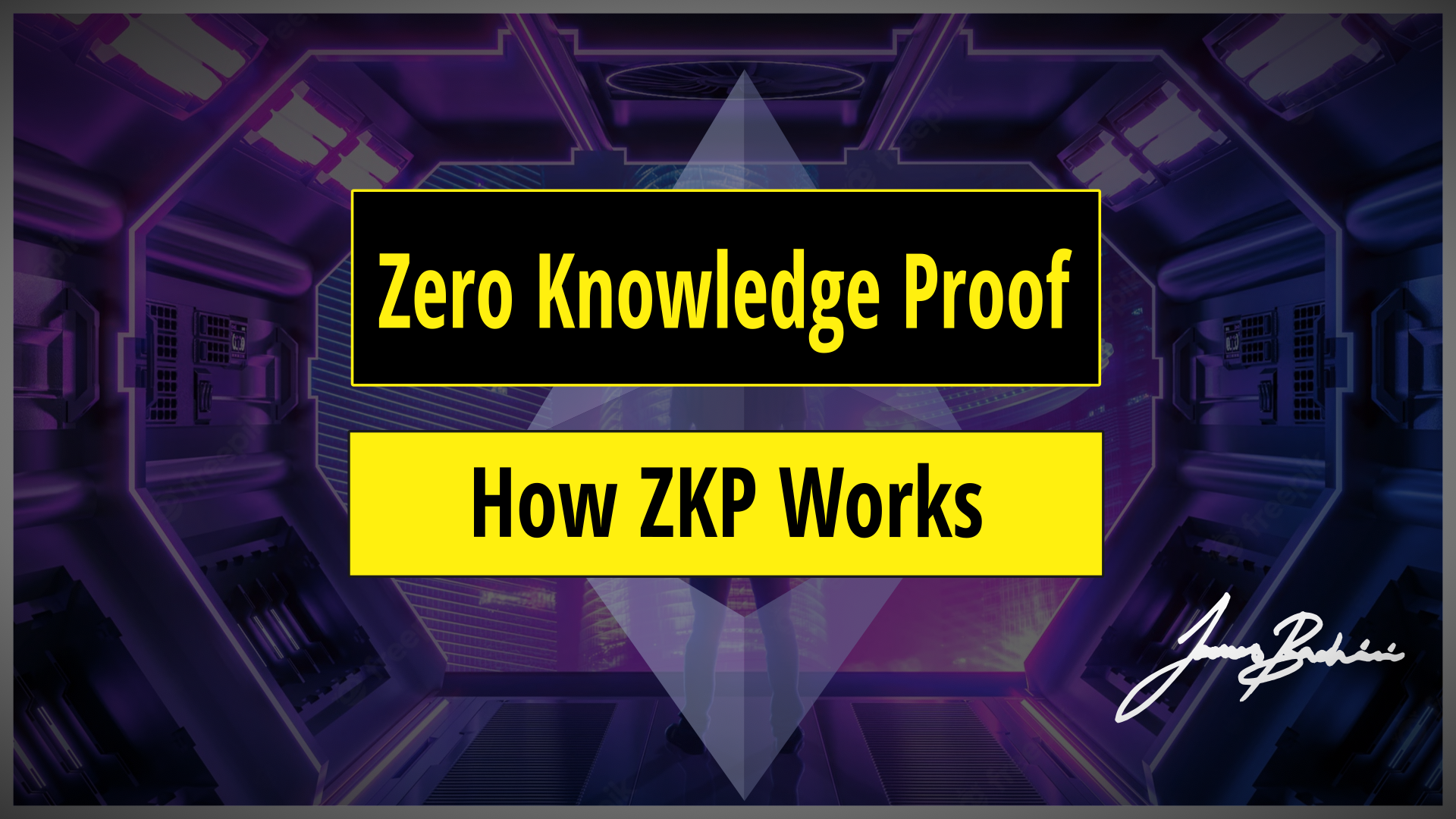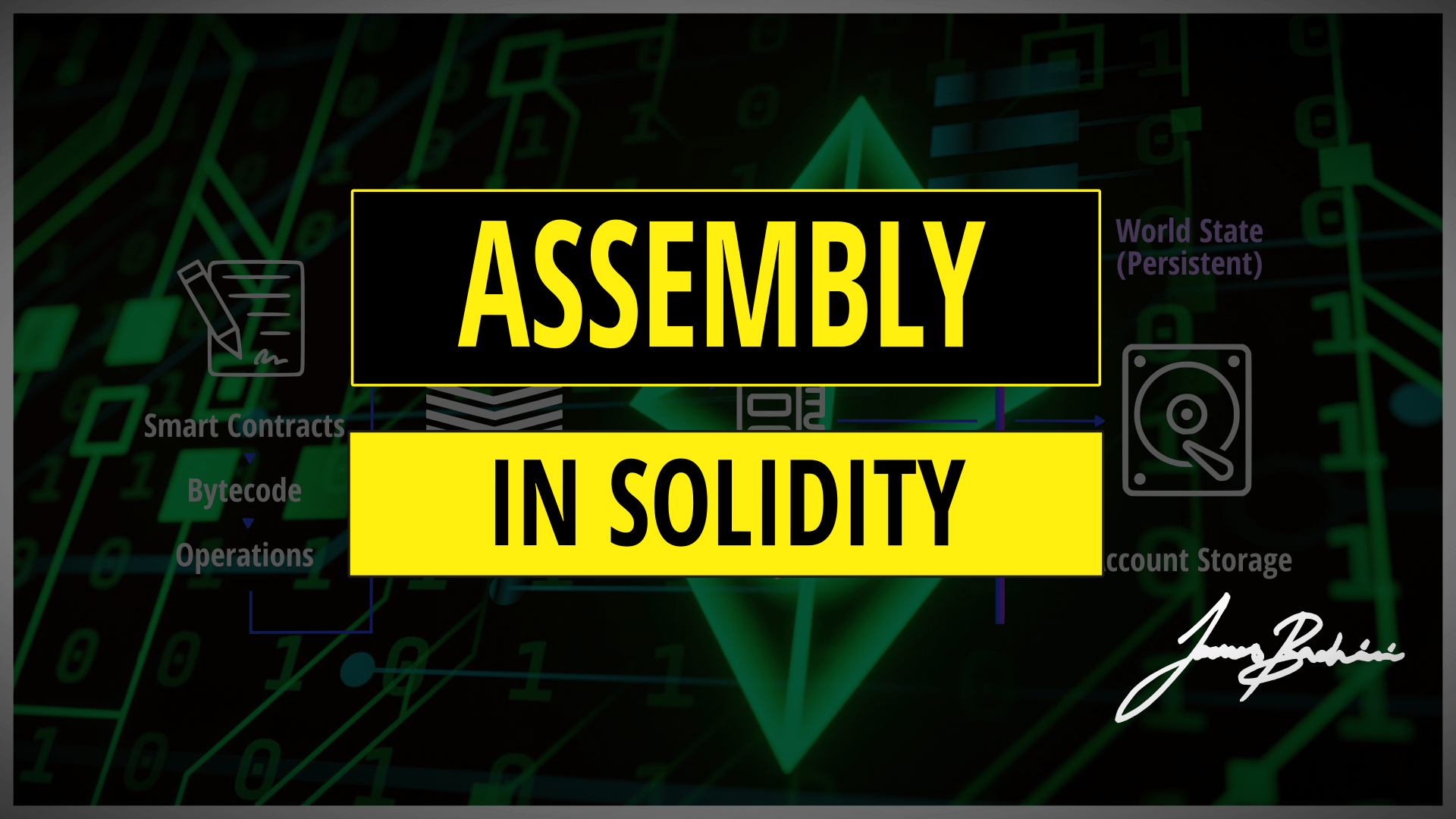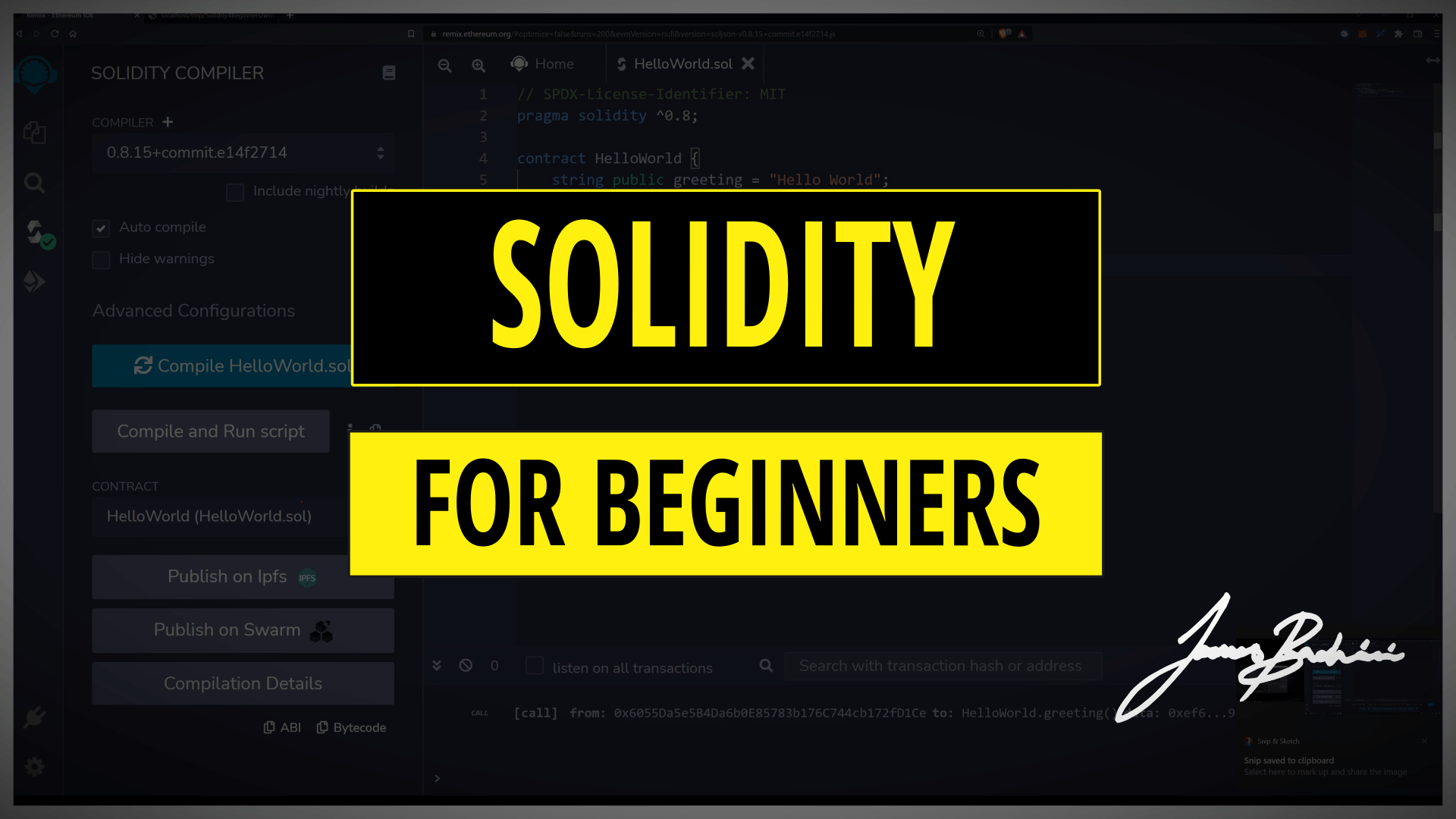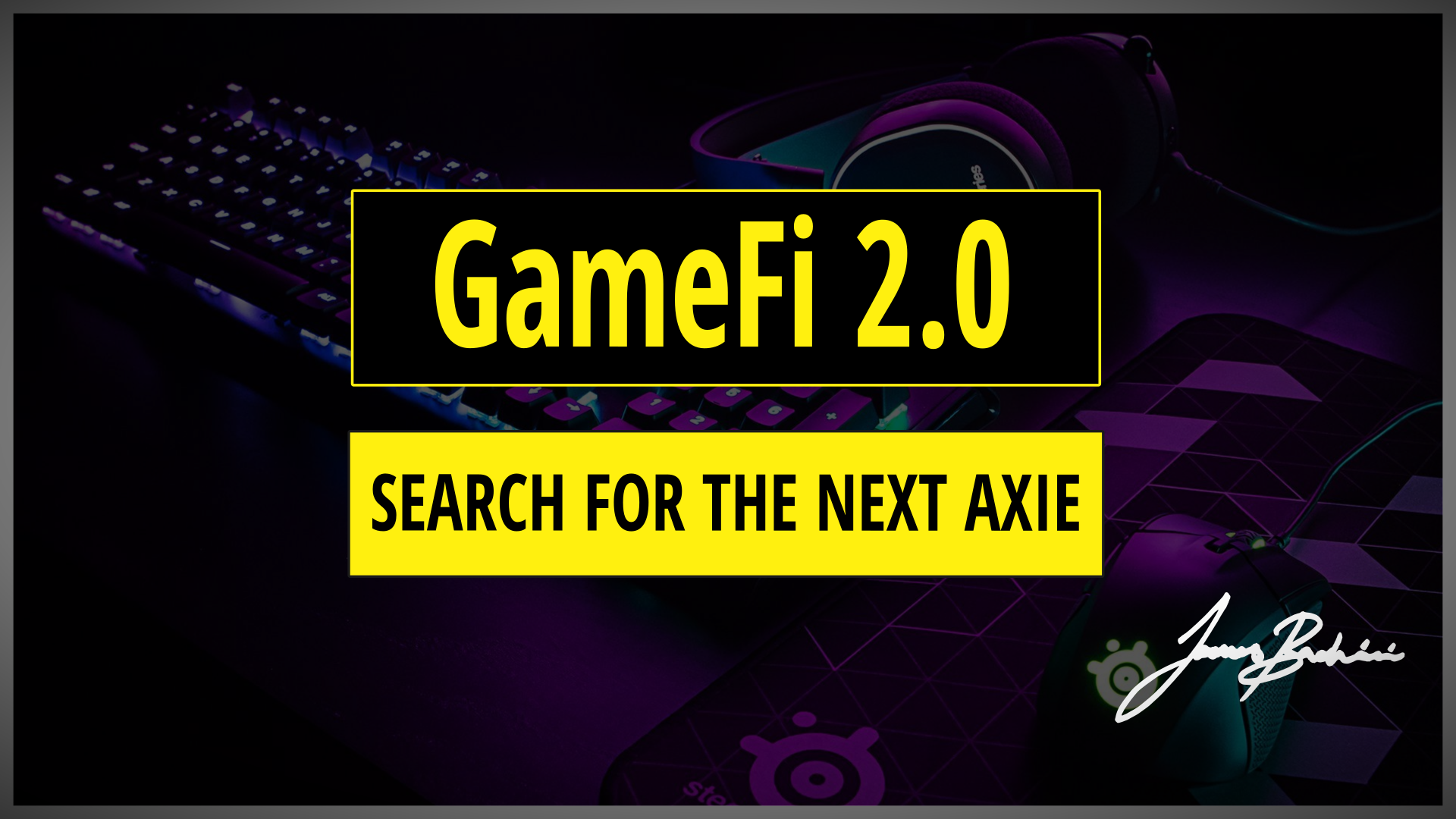James
-

Ethers vs VIEM | Which Web3 Frontend Library?
Ether.js took over from Web3.js as the number one library for connecting up our dApps to smart contracts running on EVM blockchains. Recently Ethers v6 was released and VIEM is disrupting the space by offering a lightweight Ethereum client library from the authors of WAGMI react hooks. I have always been a big fan of…
-

Trading The Lifecycle Of Crypto Narratives
The blockchain sector moves fast and attention shifts rapidly as crypto narratives emerge inflating valuations for sub-sectors before moving on to the next big thing. In this article I’m going to outlay my research into the lifecycle of crypto narratives to explore how we can best position our portfolios and allocate funds in a +EV…
-

Defending Against Sandwich Attacks and MEV | A Guide to Flashbots Protect
By using a private mempool such as Flashbots protect, Ethereum users can protect themselves against MEV (maximum extractable value) including sandwich attacks. It doesn’t cost anything to use and is easy to setup with existing digital wallets, such as Metamask. Sandwich Attack Protection MEV refers to the potential profit that miners can extract from the…
-

How To Create A BRC20 Bitcoin Token
In this tutorial we will create our own BRC20 token on the Bitcoin network. James On YouTube Watch On YouTube: https://youtu.be/6eTN2fVd4Pw |Subscribe What are BRC20 Tokens? BRC20 tokens are created using the Bitcoin Ordinals protocol. The Ordinals protocol is a set of rules that govern how inscriptions are created, transferred and managed. Bitcoin and the…
-

Hyperledger Fabric | IBM’s Enterprise Blockchain
Hyperledger Fabric is a permissioned blockchain platform designed for developing enterprise grade distributed ledger applications. How Does Hyperledger Fabric Work? Hyperledger Fabric uses a pre-authorised network of nodes, with each node storing a copy of the blockchain ledger. It is EVM based which means you can run Solidity code there, all be it with some…
-

Taproot Explained | Beneficial For Bitcoin?
The Taproot Bitcoin upgrade was activated on November 14th 2021. It was designed to improve privacy, efficiency and the network’s ability to process custom logic. The upgrade inadvertently made it possible to link metadata to Bitcoin transactions. By using ordinal theory it is possible to inscribe each satoshi (lowest denomination of Bitcoin) with a corresponding…
-

How To Create Your Own Memecoin With Solidity and Uniswap
In this tutorial we will be creating a permissionless, ERC20 memecoin and deploying it with a Uniswap v3 liquidity pool so users can buy it on the decentralized exchange. This tutorial is for demonstration purposes, don’t speculate on memecoins. James On YouTube Watch On YouTube: https://youtu.be/-bVzqtIa0bc |Subscribe The full source code for this is at:…
-

What is Pepe | A Memecoin Story
The Pepe memecoin is a cryptocurrency based on the Pepe the Frog meme, which originated on the imageboard website 4chan in 2005. The meme gained mainstream popularity in 2016 when it was adopted by supporters of then-presidential candidate Donald Trump. PepeToken is an ERC20 token on the Ethereum blockchain. It is widely traded across many…
-

MEV Uncovered | The Dark Side Of DeFi
MEV (Maximal Extractable Value) is a term used to describe the maximum value that can be extracted from block production beyond the standard block reward and gas fees by including, excluding, and changing the order of transactions in a block. MEV can be thought of as the economic value that arises from the ability to…
-

RDNT v2 Radiant Capital | DeFi Analysis Report
Earlier this year Radiant Capital launched Radiant v2, an omnichain lending protocol. This is a write up of my internal research notes, this is not a sponsored post and I have no allocation at time of writing in Radiant or RDNT. Radiant is a DeFi platform that allows users to lend and borrow digital assets…
-

Protodanksharding & Danksharding Explained
Protodanksharding and Danksharding are two approaches to scaling the amount of data on-chain for a future version of Ethereum. The goal of both upgrades is to ensure that the data on-chain is made available to archiving parties when it was first posted. This is accomplished through a technique called Data Availability Sampling (DAS). When &…
-

Will Quantum Computing Break Bitcoin?
Quantum computing has the potential to transform the way we solve complex problems in various fields, including cryptography. It offers a unique approach to problem solving that can break certain cryptographic algorithms and create new opportunities for cryptography. Bitcoin uses a combination of SHA256 hash functions and secp256k1 elliptic curve (ECDSA) cryptography to secure transactions.…
-

Quadratic Voting | Make Democracy Great Again
Quadratic voting has gained popularity in recent years through adoption on applications such as Gitcoin Grants. Quadratic voting has the potential to fundamentally improve how public decisions are made. This essay will explain what quadratic voting is, how it works and what problems it solves. How Quadratic Voting Works The process of quadratic voting involves…
-

Technical Analysis For Crypto Degenerates
For cynics technical analysis is seen as astrology for middle aged white guys for others it is the holy grail, which when mastered, inevitably leads to trading success. The truth is somewhere in the middle, it is undeniable that price action reacts more at some levels than others. It’s important for anyone involved in investing…
-

Asymmetric Cryptography Explained
Asymmetric cryptography uses different keys for encrypting and decrypting data. The key used for encryption is called the public key, and the key used for decryption is called the private key. Asymmetric cryptography schemes are used for secure communication over insecure channels, such as the internet. It is used in blockchain networks for users to…
-

What is DVT? | Distributed Validator Technology
Distributed Validator Technology (DVT) enables a group of network validators, in a proof of stake system such as Ethereum, to act as a single validator. This can create a form of decentralized staking solution for the network which is more censorship resilient and secure. What Is DVT? The role of providing a consensus mechanism has…
-

AutoGPT Tutorial | Automated Agents In Practice
AutoGPT is an open source app that uses ChatGPT and several other plugin based modules to carry out every step needed to achieve a goal. AutoGPT is capable of interacting with 3rd party software and services both external such as the web and APIs and internal like spreadsheet apps. AutoGPT vs ChatGPT AutoGPT is a…
-

Advice For Hackathons | 9 Tips For Competing In Hackathons
Hackathons are a great way to socialise with other developers and build projects over a short period of time for fun and profit. James On YouTube Watch On YouTube: https://youtu.be/mnBofeo1Ib0 |Subscribe Work on something you are passionate about This starts with choosing a hackathon that is based on tech that you are interested in. I’m…
-

Frax Finance | DeFi Analysis Report
Frax is a growing ecosystem of DeFi products built on Ethereum. This is a write up of my internal research notes, this is not a sponsored post and I have no stake currently in Frax or FXS. What Is Frax? Founded in 2019 by Jason Huan, Sam Kazemian & Travis Moore. Frax has a legal…
-

Monolithic vs Polylithic Blockchains
Bitcoin is a monolithic blockchain, consensus is achieved on a single chain where all state data is stored. The Cosmos ecosystem is an example of a polylithic chain where there are multiple sub-chains running under a single consensus client. Monolithic Blockchains Monolithic blockchains are single-chain protocols where all functionalities including programmability through smart contracts, consensus…
-

Web3 Investment Thesis
This Web3 investment thesis covers the potential disruption from decentralized permissionless computing. As blockchains scale it’s going to be possible to use smart contracts to enable users to store their own data creating the opportunity for a new era of decentralized applications. Web3 Disrupting Data Web3 disrupts the way we store data online by using…
-

Private Funding vs Public Funding Rounds | How To Raise Capital In Crypto
Since the 2018 ICO bust, venture capital funding has become the primary avenue for blockchain startups to raise money. This comes with pros & cons which we will explore in this article alongside how raising capital works in the blockchain sector. How Private Funding Rounds Work During a private funding round the founders of a…
-

Blockchain Jobs | A Definitive List Of Roles & Salaries In Crypto
With the growing popularity of digital assets and decentralized finance, blockchain jobs are becoming increasingly lucrative and desirable. If you’re looking for a career with the potential for innovation, challenge, and outstanding opportunity, this list will guide you though the different jobs in the blockchain sector and what to expect. Executive Blockchain Jobs The founders…
-

DeFi Futures – GMX vs DyDx
Trading DeFi Futures products on decentralized exchanges such as GMX and DyDx has never been easier. The user experience is getting close to on par with centralized exchanges. Liquidity however, not so much… In this article we will look at how DeFi futures work, the market opportunity for decentralized futures exchanges and the two most…
-

Account Abstraction – ERC4337
ERC4337 is an Ethereum standard that achieves account abstraction on the protocol without any consensus-layer changes. Deployed on the Ethereum mainnet in March 2023, ERC4337 makes it possible to transact and create contracts in a single contract account. Account abstraction opens the door to user-friendly crypto wallet designs that could potentially facilitate broader adoption. How…
-

CAP Theorem & The Blockchain Trilemma
CAP Theorem states that a distributed system can deliver only two of three desired characteristics: Consistency, Availability, and Partition tolerance. In this article I’ll explore what CAP theorem is and how it relates to blockchain technology. What is CAP Theorem CAP theorem, was introduced by Eric Brewer in 1998 and proven as a theorem in…
-

Bitcoin Ordinals
Bitcoin ordinals are a means of creating NFTs by attaching data such as images, videos, and more to an individual satoshi on the base Bitcoin blockchain. They use an arbitrary but logical ordering system called ordinal theory to give each individual Bitcoin satoshi a unique non-fungible reference. What Are Bitcoin Ordinals? Bitcoin ordinals, also known…
-

Solidity vs Vyper
Solidity and Vyper are the two most popular programming languages for blockchain developers on Ethereum. Both of these languages have their own strengths and weaknesses which we will go through to help developers decide which is best suited for their project. Solidity Solidity is the most widely used programming language for developing smart contracts on…
-

Autonomous AI Agents
Autonomous AI agents are often considered the most dangerous form of AI, as they have the capacity to evolve to meet their developers goals. In this article we will explore how autonomous AI agents work, the potential for this technology and question some implications in it’s inevitable roll out. How Autonomous AI Agents Work Autonomous…
-

Sign In With Ethereum Tutorial
To sign in with Ethereum using Metamask we will be using the ERC4361 specification that allows Ethereum accounts to authenticate with off-chain services using a standard message format. This technology offer users a self-custodial alternative to centralized identity providers that generally use email:password credentials. In Web3 applications we can improve user experiences and establish a…
-

EigenLayer | DeFi Analysis Report
EigenLayer is a protocol which allows Ethereum stakers to restake their ETH. This is a write up of my internal research notes, this is not a sponsored post and I have no stake currently in EigenLayer. EigenLayer is being developed by EigenLabs which is headed by CEO Sreeram Kannan. Sreeram has an academic background and…
-

Solidity Callback | Solidity Tips & Examples
A callback function in Solidity allows us to pass a function reference from one contract to another and have it execute as part of an atomic transaction. James On YouTube Watch On YouTube: https://youtu.be/pjm0eOelPXc |Subscribe Let’s first take a look at an example from the Solidity Snippets Github repo. Full code at: https://github.com/jamesbachini/Solidity-Snippets/blob/main/contracts/Callback.sol This code…
-

Strings in Solidity | Solidity Tips & Examples
A string in Solidity is a data type used to store text. Working with strings in Solidity can be challenging due to the limitations and efficiency required by the Ethereum virtual machine. This article aims to provide a comprehensive guide on how to use strings in Solidity, covering their properties, limitations, and best practices for…
-

Renegade Dark Pool DEX
Renegade is a new type of decentralized exchange that utilizes a dark pool to provide MEV resistant private transactions. This is a write up of my personal research, is not a sponsored post and I currently hold no stake in Renegade. What Is Renegade? The Renegade whitepaper was authored by Christopher Bender and Joseph Kraut.…
-

Timestamp in Solidity | Solidity Tips & Examples
A timestamp is a numerical value that represents a specific moment in time. It’s often used to track when a certain event occurred or when a piece of data was created or modified. The most common way to represent a timestamp is by using the number of seconds that have elapsed since a specific moment…
-

encodeCall in Solidity | Solidity Tips & Examples
From Solidity version 0.8.11 we can use an interface to define a function to pass to encodeCall parameters. encodeCall is a function that allows you to encode a function call with its parameters into a single byte array. This byte array can then be used to make a low-level call to another contract’s function. Here…
-

GammaSwap Pepetual Futures | DeFi Analysis Report
GammaSwap is a decentralized exchange that allows perpetual leverage trading on any token without liquidation risk from price movement, while also offering additional yield to liquidity providers through borrow fees. In this article I will write up my internal research notes, this is not a sponsored post and I currently have no stake in GammaSwap.…
-

Custom Error Handling in Solidity | Solidity Tips & Examples
Custom error handling enables Solidity developers to efficiently handle reverts and failed transactions including logging parameters. Let’s first take a look at an example from the Solidity Snippets Github repo: Note that the Solidity compiler version must be greater than 0.8.4 to use custom errors. Customer errors are supported by Etherscan and most other block…
-

Timeswap v2 AMM Money Market | DeFi Analysis Report
Ricsson Ngo took inspiration from Uniswap and set out to build a permissionless money market. The idea evolved into Timeswap which recently launched on Arbitrum. In this article I’ll write up my own notes and internal research on the protocol. Note this is not a sponsored post and I don’t currently hold any stake in…
-

Solidity Libraries | Solidity Tips & Examples
A solidity library is a reusable contract that contains functions that can be called by other contracts. When you import a Solidity library into your contract, you can use the functions provided by the library. How To Import Solidity Libraries In your smart contract, you can import the library by using the import keyword followed…
-

Random Numbers in Solidity | Solidity Tips & Examples
Generating a random number in Solidity is not as straightforward as in some other programming languages, because the Ethereum blockchain is deterministic, meaning that multiple execution clients or nodes must come to the same conclusion about the state of the blockchain. For many use cases using the new prevrandao global variable provides “good enough” randomness…
-

Conditional Statements & Loops in Solidity | Solidity Tips & Examples
Conditional statements & loops in Solidity are fairly intuitive and follow the conventions of other languages such as Javascript. In this article we will go through some examples of each before looking at the relational operators we can use within these statements. if statement The “if” statement is used to execute a block of code…
-

Natspec in Solidity | Solidity Tips & Examples
Natspec comments are important for Solidity developers to understand because sooner or later you will come across a code base that requires you work with them. Proponents will say Natspec makes the code more readable and understandable. While I personally disagree with this and prefer to separate code and documentation, the format is popular and…
-

How The Twitter Algorithm Works
On the 31st March 2023 Twitter open-sourced large sections of it’s algorithm which ranks content. This provided refreshing insights into how large scale social media applications rank content. In this article I’m going to look at how the algorithm works and how content creators can use this new information to gain more reach and influence.…
-

ERC1155 Token Contract | Solidity Tips & Examples
ERC1155 offers a more flexible and efficient way of managing fungible and non-fungible tokens, making it an attractive option for developers who want to create complex digital assets with multiple use cases. In this blog post, we’ll dive into the details of ERC1155 and explore why it’s becoming a preferred choice for Solidity developers looking…
-

ERC721 Token Contract | Solidity Tips & Examples
The ERC721 Token contract is the original industry standard for NFTs (Non-fungible tokens). In this article we will look at a simple example and talk about some of the best practices around building ERC721 Tokens. James On YouTube Watch On YouTube: https://youtu.be/B64VBGt3tMU |Subscribe Why Use ERC721 Token ERC721 is a standard interface for NFTs on…
-

ERC20 Token Contract | Solidity Tips & Examples
ERC20 tokens have become the de facto standard for creating tokens on Ethereum and are widely used in many DeFi protocols for things like governance and utility tokens. Why Use ERC20 Token Solidity developers use ERC20 tokens because they are the industry standard for fungible tokens (where every token is equal to another one). The…
-

Merkle Tree in Solidity | Solidity Tips & Examples
Merkle Trees provide an efficient way to verify data in Solidity. This reduces the gas cost for on-chain storage when validating large data sets such as a large list of addresses. James On YouTube Watch On YouTube: https://youtu.be/NTPpyL4pJG0 |Subscribe How Do Merkle Trees Work Merkle trees are a data structure that allow efficient and secure…
-

How To Emit Events in Solidity | Solidity Tips & Examples
A Solidity Event is a way for smart contracts to communicate with the outside world by providing a mechanism for emitting messages that can be observed by external applications. It’s like a signalling message that is broadcast when a certain condition is met within the smart contract. Emitting Events In Solidity Here is a simple…
-

Bulk Send Tokens & ETH Contract | Solidity Tips & Examples
Sending payments in bulk can be a tedious and time-consuming process, especially when dealing with a large number of recipients. However, with a Solidity smart contract, bulk payments can be executed in a matter of seconds, providing a more efficient and cost-effective solution for managing bulk transfers. In this article, I will walk you through…
-

Multiple Return Values | Solidity Tips & Examples
In Solidity we can multiple return values from a function. This enables us to efficiently move data about within the application flow of a smart contract. In this example we are returning three variables enclosed within brackets. Note that the data types of these variables are defined at the top of the function in the…
-

Modifiers in Solidity | Solidity Tips & Examples
Modifiers in Solidity are a way to add a certain condition to functions within a smart contract. They allow developers to define a piece of code that can be reused across multiple functions and contracts, making your code more modular and easier to read. A modifier is defined using the modifier keyword, followed by a…
-

Struct in Solidity | Solidity Tips & Examples
A struct in Solidity is a data type that allows you to group together multiple variables of different data types into a single unit. This is useful because it gives us a convenient container to package structured data, it enables us to pack variables into memory slots more efficiently and it allows us to get…
-

Ownable Contracts | Solidity Tips & Examples
Ownable contracts in Solidity are used to implement access control for certain functions. The idea is that only the contract owner, who is typically the deployer of the contract, can execute these protected functions. To do this we will first import the OpenZeppelin library Inside our contract we can then add the onlyOwner modifier to…
-

Payable Transfers | Solidity Tips & Examples
Payable transfers are one of a number of ways to send ether from a Solidity smart contract to an external address. In this next example we create a fallback function so that any user can send this contract ether and it will get split between the different addresses. Full code at: https://github.com/jamesbachini/Solidity-Snippets/blob/main/contracts/PaymentDivider.sol Payable fails if…
-

Solidity Interface | Solidity Tips & Examples
A Solidity interface is code that provides a set of function declarations without any implementation details. Interfaces are used to interact with 3rd party contracts or external systems by defining a common set of functions that both parties agree to implement. Interfaces are used to define a contract’s external-facing functions, which is the only part…
-

OpenZeppelin Libraries | Solidity Tips & Examples
OpenZeppelin libraries are popular for building secure smart contracts on top of pre-audited code in Solidity. The framework includes a number of reusable smart contract components, such as token contracts, access control contracts, and math libraries. In this article we will explore the various Libraries available within the OpenZeppelin framework to give you a tool…
-

Arrays in Solidity | Solidity Tips & Examples
Arrays are a fundamental data structure in programming, and Solidity is no exception. In Solidity, there are several types of arrays available, including dynamic arrays, fixed-size arrays, and multi-dimensional arrays. Dynamic Arrays Dynamic arrays are the most common type of array in Solidity. These are arrays whose length can be changed during runtime. To declare…
-

Get Contract Balance | Solidity Tips & Examples
To get the contract balance in solidity there are a few different methods depending on if you want the Ether balance or an ERC20 token balance. Contract Balance Eth You can use the address type’s balance property to get the balance of any address, including the contract’s own address. The this value is used to…
-

Mapping in Solidity | Solidity Tips & Examples
This article explores how mapping in Solidity is used to for storing key->value pairs, where the keys are of a specific data type and the values can be of any data type. Mappings are declared using the mapping keyword, followed by the key data type in parentheses and the value data type after the parentheses.…
-

Variables in Solidity | Solidity Tips & Examples
Variables in Solidity can be classified into several categories based on their data types and scope. In this article we will explore all the different uses of variables in Solidity and look at some example code. Variables in Solidity Solidity variables are used to store and manipulate data in our smart contracts. They come in…
-

ERC721 vs ERC1155 | Solidity Tips & Examples
Today we will discuss the differences between ERC721 vs ERC1155 smart contracts and the use cases where each is best suited. These are the two most popular types of smart contracts used for the creation of NFTs (non-fungible tokens). James On YouTube Watch On YouTube: https://youtu.be/B64VBGt3tMU |Subscribe ERC721 Smart Contract ERC721 is the original standard…
-

ERC20 Carbon Credits | Creating A Depleting Token
Carbon credits are used to tokenise finances put towards carbon offsetting. On-chain products often have a purchase and burn mechanism where a user must first purchase the token on a DEX and then manually execute a transaction to burn the token. I had the idea to create a automatically depleting token which you just hold…
-

zkEVM | Are Zero-Knowledge Rollups The Future Of Ethereum Or A Ticking Time Bomb?
zkEVM is a zero knowledge Ethereum virtual machine, credited as being “the ultimate solution to Ethereum scaling” The Ethereum ecosystem continues to grow alongside concerns around its scalability and privacy. A new technology currently being rolled out aims to address these issues through the implementation of zero-knowledge rollups. In this article, we’ll take a closer…
-

ETHDenver | Thoughts & Takeaways From The Biggest US Blockchain Conference
This article is aimed at providing an overview summary of what was talked about at ETHDenver and some of the things I picked up while being there. Buzz Word Bingo I took the schedule and ran through how many talks there were on each of these subjects. Buzz Word No. Of Talks Zero Knowledge 18…
-

The Feynman Technique 2.0
The Feynman Technique is a learning tool developed by the infamous physicist Richard Feynman. It involves breaking down complex concepts into simple terms and explaining them as if you were teaching the subject. In March 2020 Covid lockdowns were imposed and I started creating content based on what I was learning or interested about at…
-

Anonymous Developer Tutorial | How & Why You Should Code Anonymously
There are plenty of articles and content about why you should be an anonymous developer for blockchain projects but I haven’t seen much content about best practices and how to actually set up an anonymous development environment. In this article we will cover the following:- Anonymous Developer Video Tutorial James On YouTube Watch On YouTube:…
-

How To Stake Ethereum | Earn More Yield With Ethereum Staking
Staking Ethereum has become a popular way for crypto investors to earn passive returns on their holdings. Liquid staking tokens like stETH make this process easily accessible. You can buy staking tokens and effortlessly enjoy the rewards of staking Ethereum without having to manage the technicalities of running a node. Lido Finance were first to…
-

Advanced MidJourney Prompt Engineering | Unleash Your Inner Artist
As the leading AI image generator, MidJourney consistently produces stunning, high-quality images that range from the bizarre to the breathtaking. As someone who lacks artistic talent, I’ve taken the time to study and master this tool, and in this post I share my insights and tips for getting the most out of it. Follow my…
-

Advanced ChatGPT Prompt Engineering
By now you have probably experimented with ChatGPT and realised the huge potential this “calculator for words” has. In this article I share the results of my research on how to make the most of this powerful tool. Whether you’re using ChatGPT as a personal assistant or in a professional setting, you’ll find some valuable…
-

Crypto Market Thesis 2023
Once viewed as a fringe market for tech-savvy libertarians, the crypto market has grown exponentially in recent years and is now being recognized as a legitimate asset class by mainstream investors. As we move into 2023, the crypto market is at a crucial juncture, with the potential to continue its explosive growth or face regulatory…
-

Remixd Tutorial | How To Take The Solidity IDE To The Next Level
I’ve gone full circle from Remix > Hardhat > Foundry > Remix I find that I enjoy coding most when I’m experimenting with ideas and proof of concepts within the Remix IDE at https://remix.ethereum.org However for more serious projects I inevitably find myself moving out of creative mode and into testing mode in either Hardhat…
-

The Psychology Of Money | Book Summary
The Psychology of Money by Morgan Housel covers personal finance from the perspective of a middle aged American value investor. It offers some interesting insights into long-term investing mindsets and the psychology of why we make investment decisions. Evolution of Personal Finance Western economies have seen a transition in the way we work from manual…
-

Mean Finance | How To DCA With DeFi
Mean Finance is a DeFi protocol that enables users to dollar cost average (DCA) into a position for an ERC-20 token. In this article we will look at why dollar cost averaging is useful and how Mean Finance works. Why Dollar Cost Average Dollar cost averaging is an investment strategy that simply breaks a entry…
-

LayerZero Example | How To Send Cross-Chain Messages In Solidity
In this article we are going to look at how to send messages or data from one chain to another. In this LayerZero example we will be sending a string from Ethereum’s Goerli Testnet to Optimisms Layer 2 Goerli Testnet. Cross-Chain Tutorial Video James On YouTube Watch On YouTube: https://youtu.be/rKVhQHmljXM |Subscribe How LayerZero Works LayerZero…
-

How To Debug Solidity Smart Contracts
If you’ve ever received a “gas message” error which makes no sense in Solidity then you’ve probably come across one of it’s greatest flaws. Error reporting and debugging isn’t great for blockchain developers but in this tutorial I’m going to provide some tips, tools and resources to debug Solidity smart contracts. James On YouTube Watch…
-

RAILGUN 2.0 | ZK Privacy Protocol
Railgun just announced the launch of version 2.0 this week and in this article we are going to explore the zero knowledge wallet and discuss why privacy protocols are important. In August 2022 Alexey Pertsev was arrested and he has been imprisoned without trial ever since. He was a developer on a ZK mixer called…
-

Timeframe & Budgets For Web3 Development
In this article I’m going to provide a timeframe, gantt chart and budget costs for web3 development projects. This assumes a medium sized project for something like a new, innovative DeFi protocol consisting of 5-10 interconnected smart contracts and around 1000 lines of code plus an external audit and dApp frontend. If you are just…
-

Dynamic Evolving NFTs | How To Create Dynamic NFTs & dApps
Dynamic NFTs include logic that evolves the underlying data that the NFT contract holds. In this example we will build a picture profile NFT that is upgradeable to an alien 👽 All the source code for this project is available at: https://github.com/jamesbachini/WomenWhoCode Dynamic NFT Smart Contract The Solidity smart contracts will comprise of two tokens:…
-

FTX Collapse Explained | The Story Of Scam Bankrun Fraud
In November 2022 the world’s second largest cryptocurrency exchange FTX collapsed, stopped withdrawals and filed for bankruptcy. The stories of the last week are so far-fetched they deserve a Netflix documentary. Here we will look at how FTX was able to defraud the crypto industry of somewhere in the region of $10 Billion US dollars.…
-

POAP vs NFT | A Guide With Examples
In this article we will look at what POAPs are and how their technology is built on top of NFT standards. We will also look at how to create simple POAPs and NFTs. In the conclusion I’ve put together some thoughts on why I think POAPs should only be used for fun and not for…
-

SAFT Template | Simple Agreement Future Tokens
Below I’ve shared an example SAFT legal agreement and a smart contract which can be used to lock up tokens. James On YouTube Watch On YouTube: https://youtu.be/hpsegda6gvo |Subscribe What Is A SAFT? A SAFT is a simple agreement for future tokens. It is used primarily for blockchain projects to sell tokens at an early stage…
-

Ethereum DevCon Bogotá Write Up
In this post I’m going to try to summarise some of the most interesting talks at from DevCon 2022. Here’s a video summary about the key takeaways from the conference. James On YouTube Watch On YouTube: https://youtu.be/kgiAV7z1fwo |Subscribe The main topics for this years event were: One of the best things about the event is…
-

Complete Introduction To Web3 Tutorial | Fullstack Web3 Development Tutorial
This video course provides a complete introduction to Web3 development. The Web3 tutorial starts with a simple Hello World smart contract and React frontend before diving in to create something useful on Ethereum mainnet. Introduction To Web3 Development James On YouTube Watch On YouTube: https://youtu.be/RwuG9HluFQY |Subscribe Hello World Smart Contract James On YouTube Watch On…
-

Yield Futures With Resonate Finance
Resonate Finance is building a protocol for the creation and sale of yield futures. In this article we will look at what yield futures are, how they can benefit a projects tokenomics & why investors might find them attractive. This post isn’t sponsored and I currently have no stake in Resonate Finance or Revest at…
-

Solidity Token Factory Contract Walkthrough
A token factory contract is used to deploy tokens from a parent contract within Solidity. In this simple example we will be deploying an ERC20 token from our factory contract. James On YouTube Watch On YouTube: https://youtu.be/MY9SoGPGVoo |Subscribe Full source code below and on Github: https://github.com/jamesbachini/Token-Factory-Tutorial We start with a standard ERC20 token using the…
-

Trading The Merge
Once or twice a year the crypto markets align to provide exceptional trading volumes and volatility. I believe the Ethereum merge will presents one such opportunity for low time frame system trading. James On YouTube Watch On YouTube: https://youtu.be/3ltpF4UGir4 |Subscribe About The Ethereum Merge The merge is happening in just a few days. This is…
-

The State Of CBDC Central Bank Digital Currency
Nation states across the world are exploring CBDC’s (central bank digital currency). Many governments including France, Canada, Saudi Arabia & China have pilot schemes already in place. The US dollar is the global reserve currency, it’s used throughout the world as a base asset and more recently as a political weapon in the form of…
-

Aligning Founders, VC’s and Stakeholders Interests In A Smart Contract
The blockchain sector prides itself on openness and transparency. Except that is when it comes to early stage VC deals and token allocations. In this article we are going to look at an experimental solidity smart contract which lays out terms, vesting schedules and milestone bonuses on-chain. Team Allocations and VC Unlock Schedules This is…
-

Twitter Crypto Ads | Blockchain Advertising Is Live On Twitter
Twitter crypto ads are live after the platform unofficially relaxed its ban on advertising crypto products. Perhaps due to the Elon bid there seem to be more ads showing up and less stringent controls on ad quality. This opens up an opportunity for companies in the sector to use the platform for growth. In this…
-

Dune Analytics Tutorial | How To Create A Dune Analytics Dashboard
In this Dune Analytics Tutorial we will look at how the platform works and get up to speed with creating our own queries, visualisations and dashboards to analyse and present blockchain data. Queries, Visualisations & Dashboards Dune Analytics dashboards are built using a 3 step process. First we make SQL queries to pull data into…
-

Solidity Tutorial | Fixed Rate Staking Contract
In this tutorial we will create a fixed rate staking contract that pays out 1 token for every 1 token staked per year. The contract will be built on an OpenZeppelin ERC20 token library with additional functionality for staking. The user will stake their tokens which will lock them in the smart contract at what…
-

Zero Knowledge Proof | How ZKP Works In Blockchain Applications
Zero knowledge proofs offer a method for developers to prove data validity or knowledge of data without revealing the data or additional information about the prover. Zero knowledge proofs are becoming widely used in blockchain applications from smart contracts like Tornado Cash to ZKrollups which are layer 2 blockchains on top of Ethereum. In this…
-

3 Examples Of How To Use Assembly In Solidity
Ethereum developers can directly use assembly in Solidity to improve the performance of their code. When OpenSea released the Seaport upgrade it reported the use of assembly reduced gas fees by 35% saving it’s users an estimated $460m per year. Today we are going to go through some simple examples of how and when to…
-

Solidity for Beginners
Solidity is the programming language used to develop smart contracts on Ethereum and other compatible blockchains. In this “Solidity for Beginners” tutorial I will take you from setting up solidity tools to deploying your first contract. James On YouTube Watch On YouTube: https://youtu.be/yM6oRMdMiTM |Subscribe Tools & Setup We will be starting in Remix which is…
-

GameFi 2.0 | Sustainable Tokenomics & Business Models
GameFi utilises digital assets such as cryptocurrency tokens and NFT’s to create internal economies within games. In this article I look at how tokenomics can be designed to create sustainable business models for gamers, investors and developers. James On YouTube Watch On YouTube: https://youtu.be/Ul_Mza9IyYE |Subscribe GameFi 1.0 Play2Earn Growing up I played computer games on…
-

Bear Markets | How Human Psychology Works Against Us
Is loss aversion causing long-term underperformance in our portfolios? In bear markets I find it harder to rebalance my portfolio and allocate capital to riskier investments. This creates an unintentional de-risking in bear markets where there is a better long-term risk to reward. James On YouTube Watch On YouTube: https://youtu.be/6F1Cpk14stE |Subscribe Not a financial advisor,…
-

SBTs 👻 | Soulbound Token Solidity Example
Soulbound tokens are non-transferable digital assets. The core concept is storing on-chain data directly relating to a specific address. This is nothing new but there is potential for a ERC SBT contract to provide a industry standard for how we manage user data. James On YouTube Watch On YouTube: https://youtu.be/yCHeHI8hUY8 |Subscribe Ethereum gas costs make…
-

Solidity Interface Examples | How To Connect The Lego Bricks Of DeFi
Solidity interfaces allow developers to call external contracts from within their own smart contract. This enables us to build on top of the existing DeFi ecosystem. In this tutorial we will be looking at how solidity interfaces work and going through some example code for common tasks. James On YouTube Watch On YouTube: https://youtu.be/GWZmklp7RTg |Subscribe…

